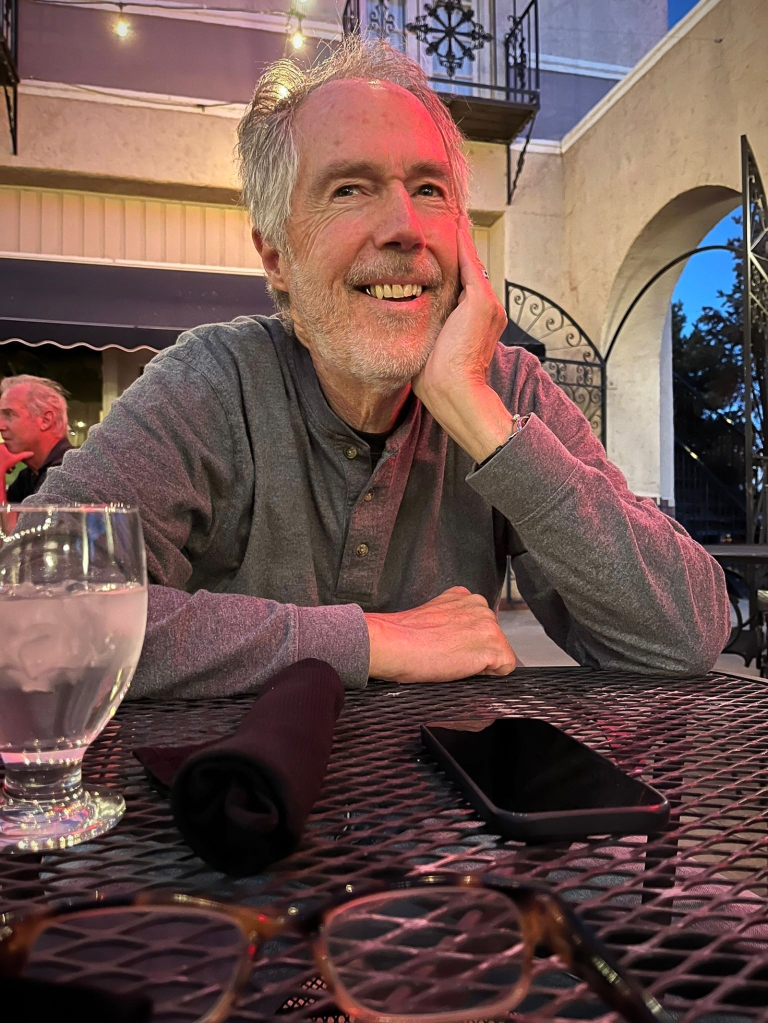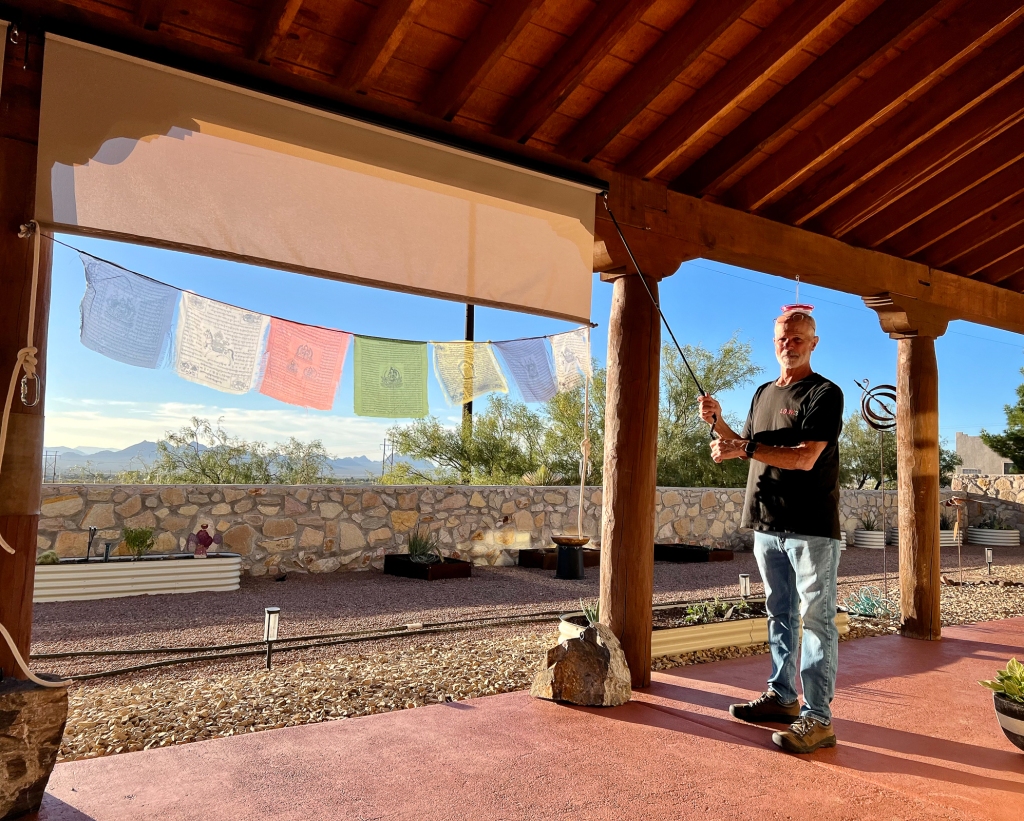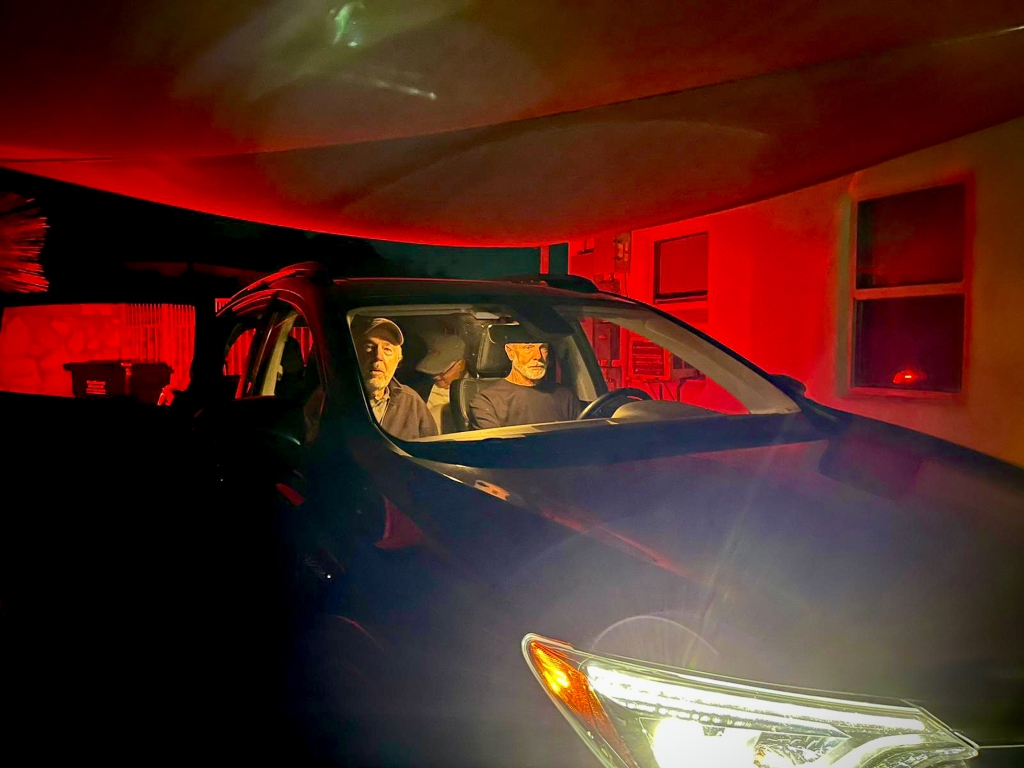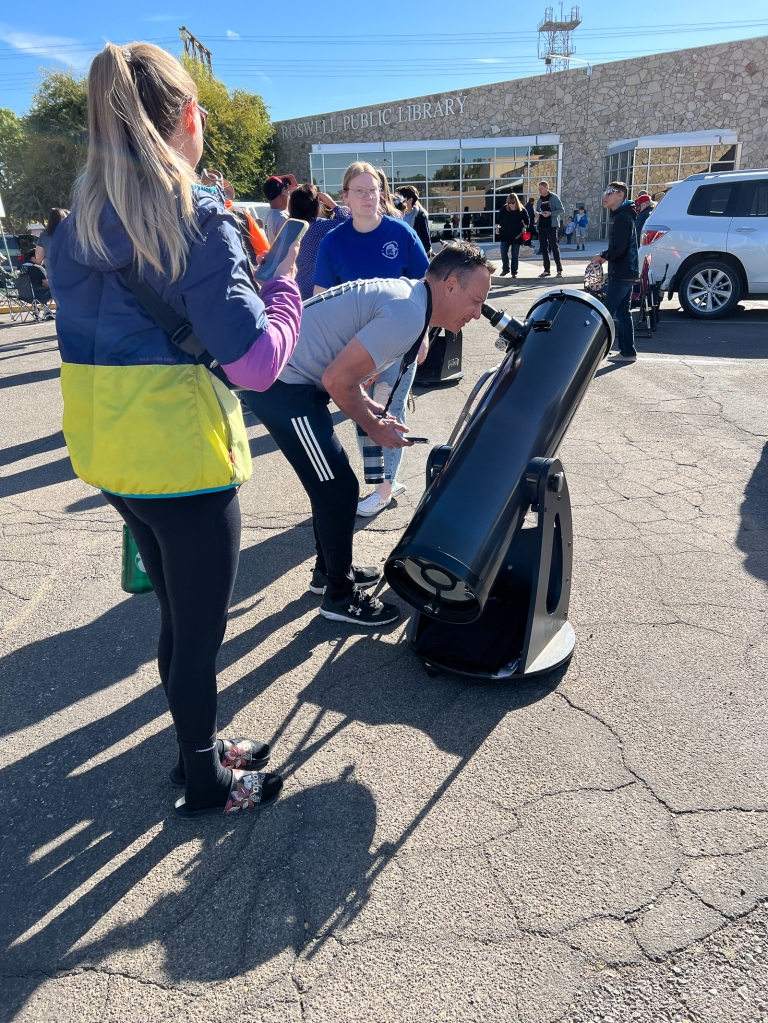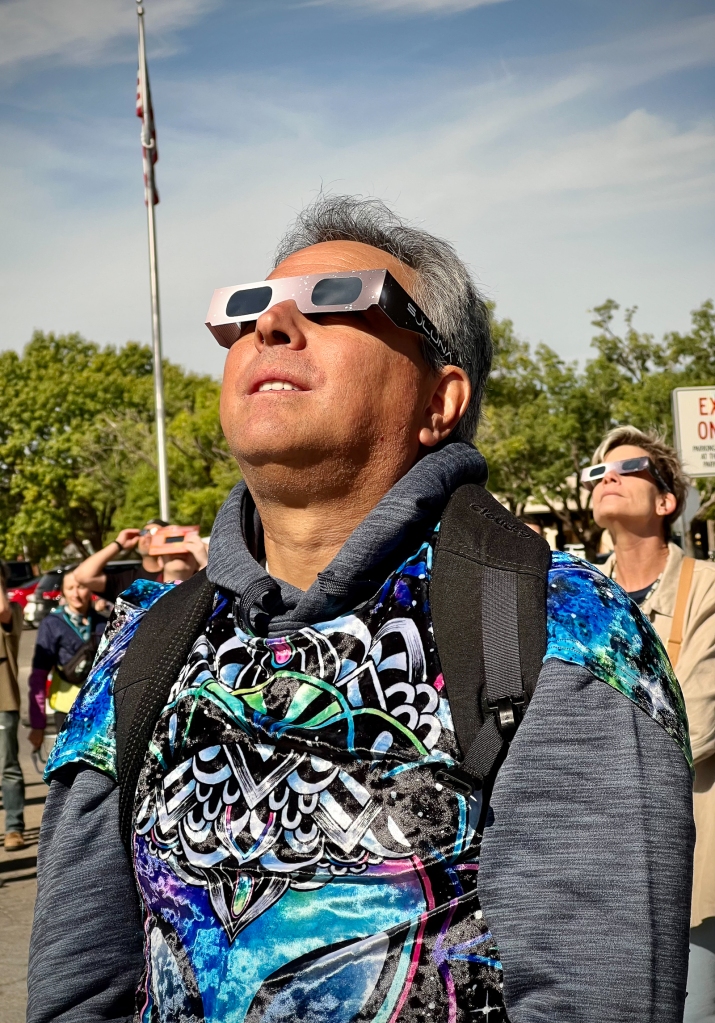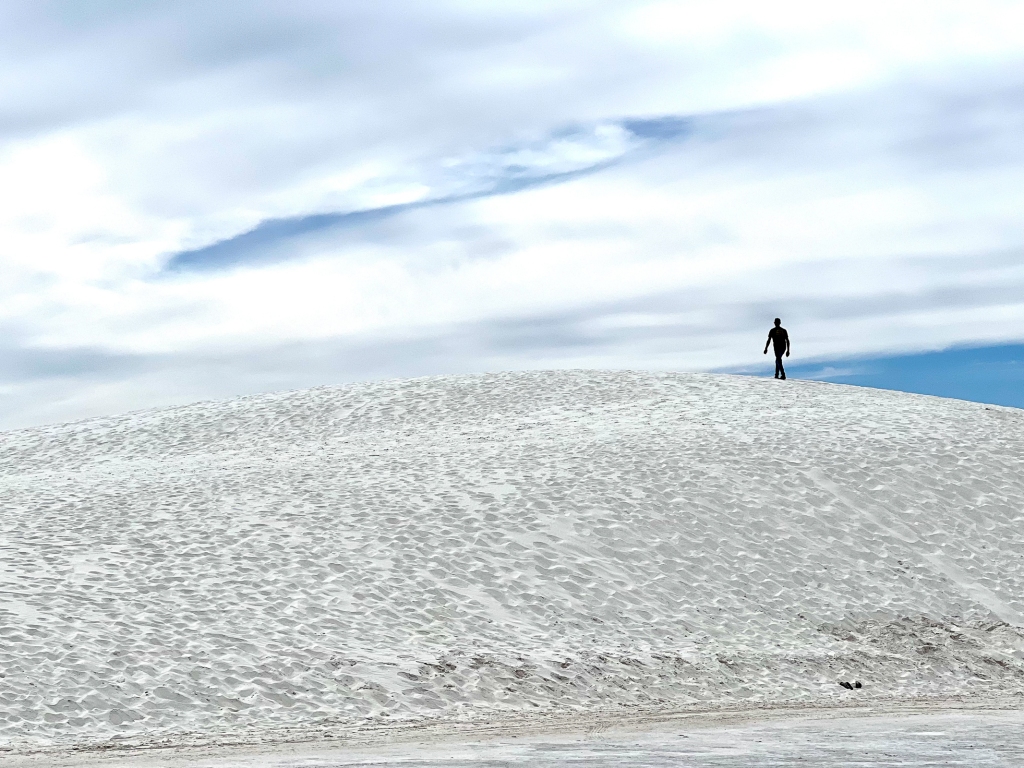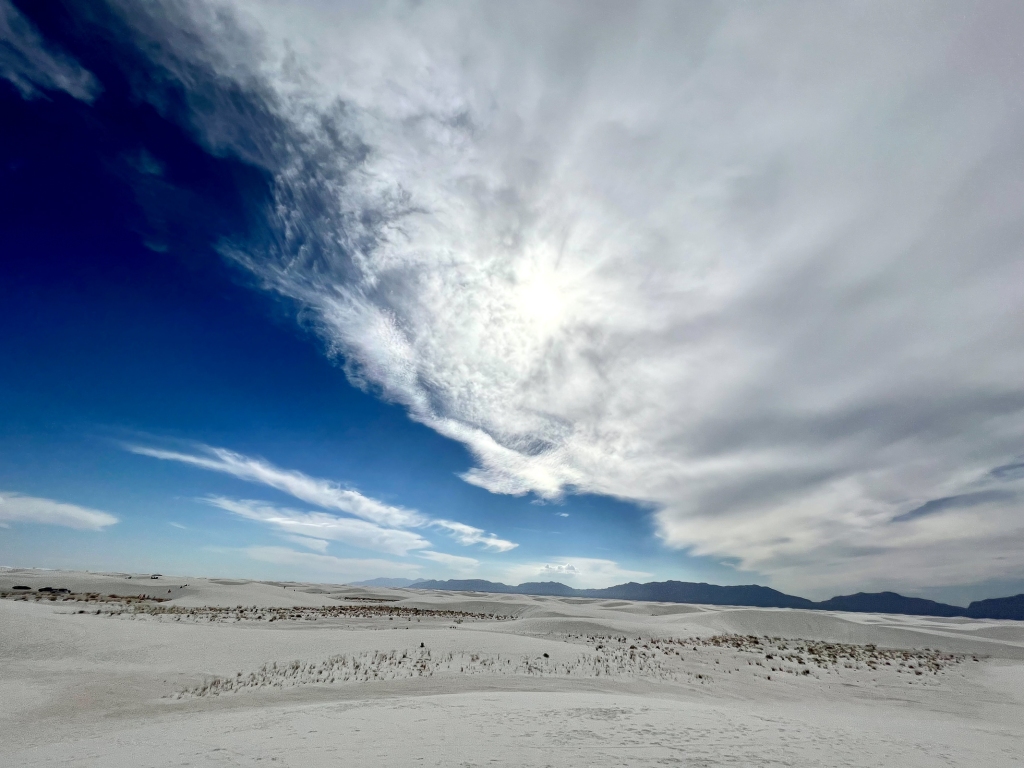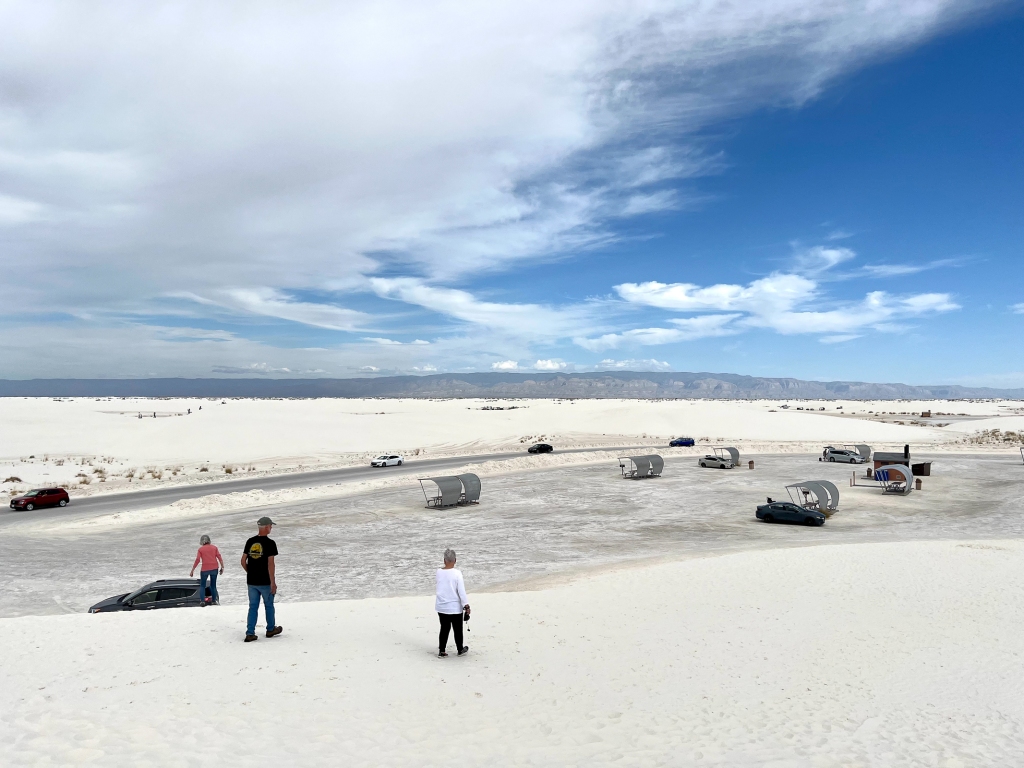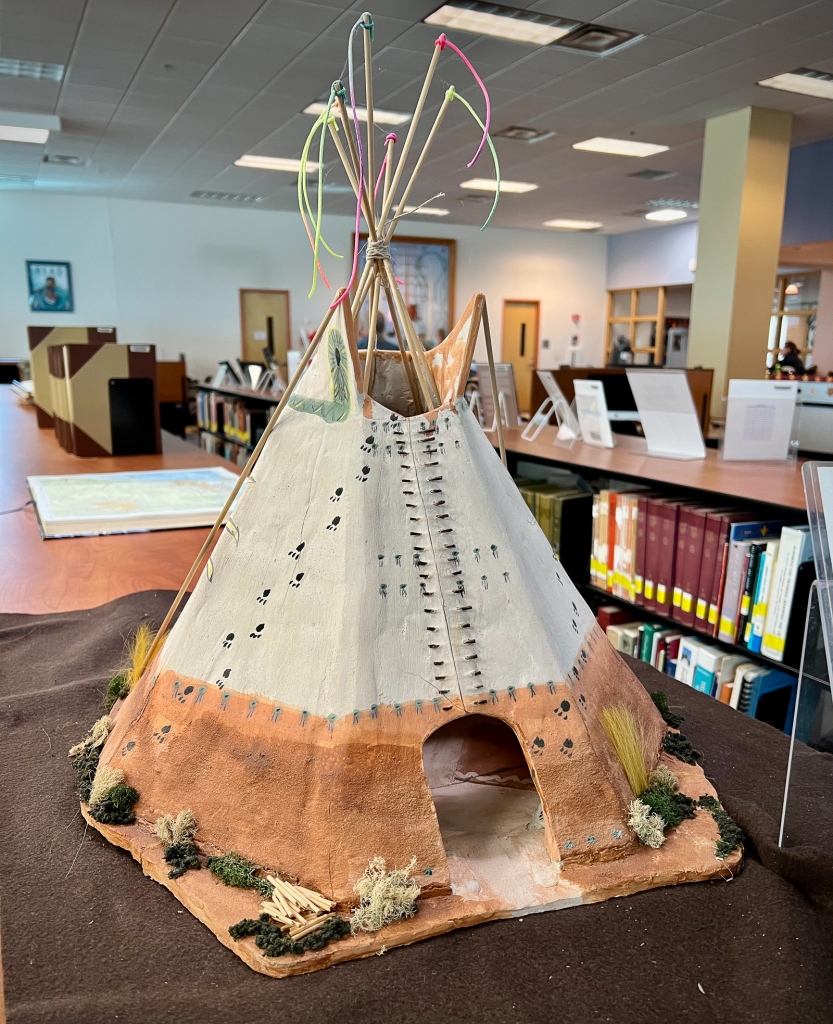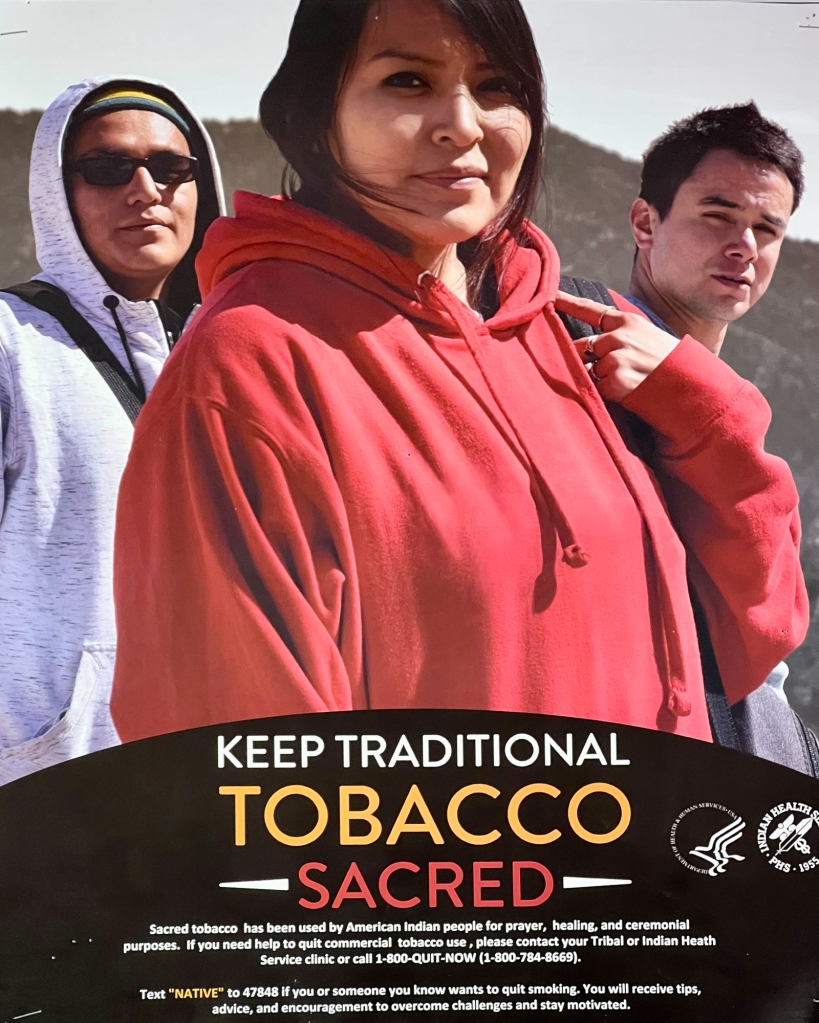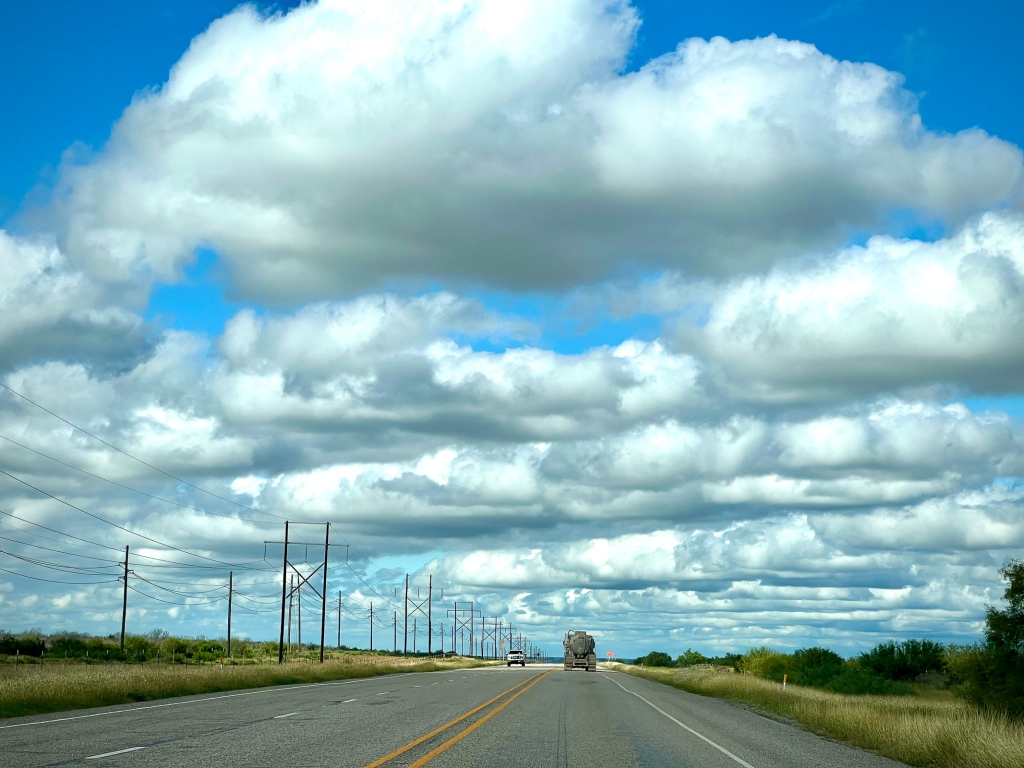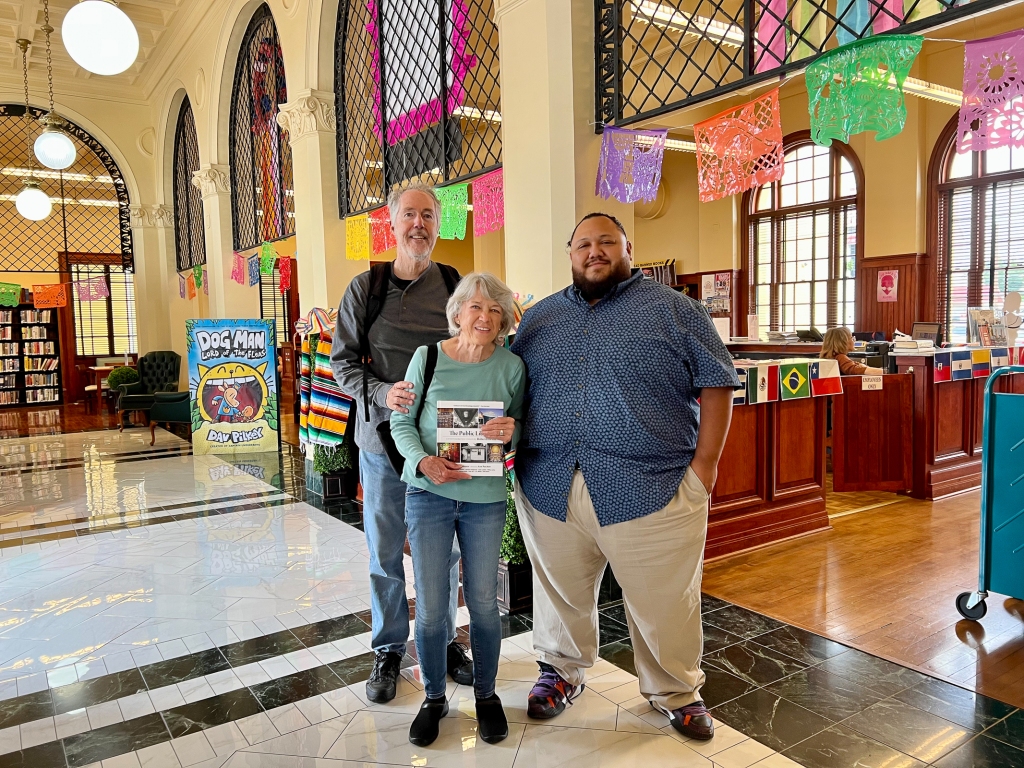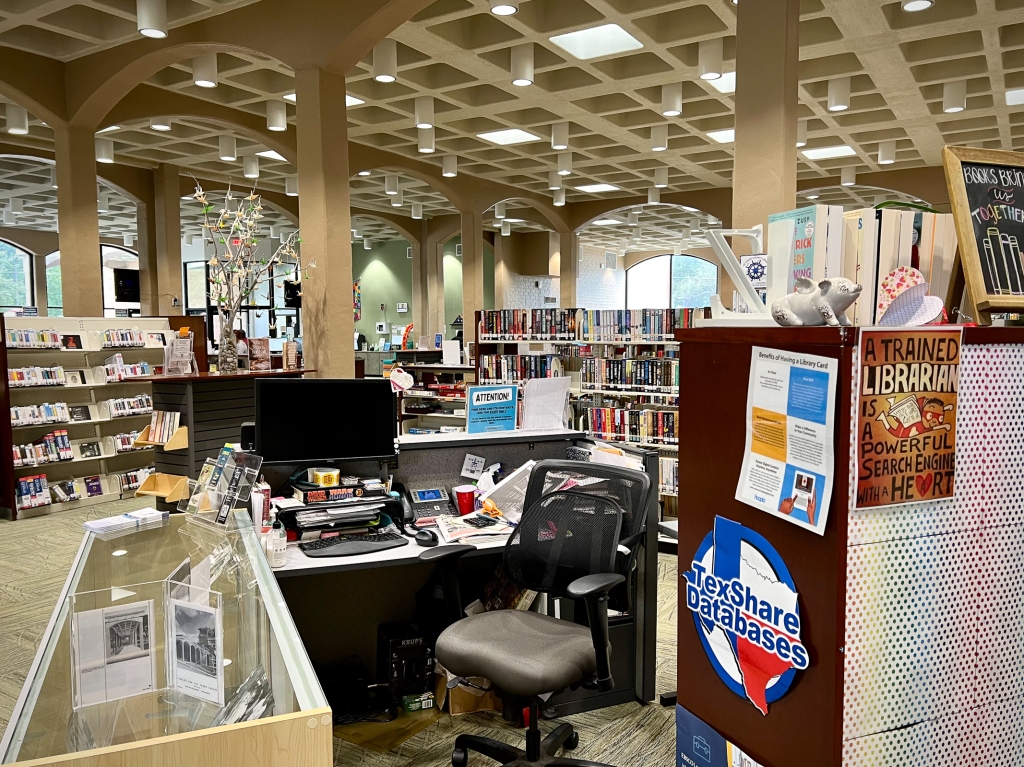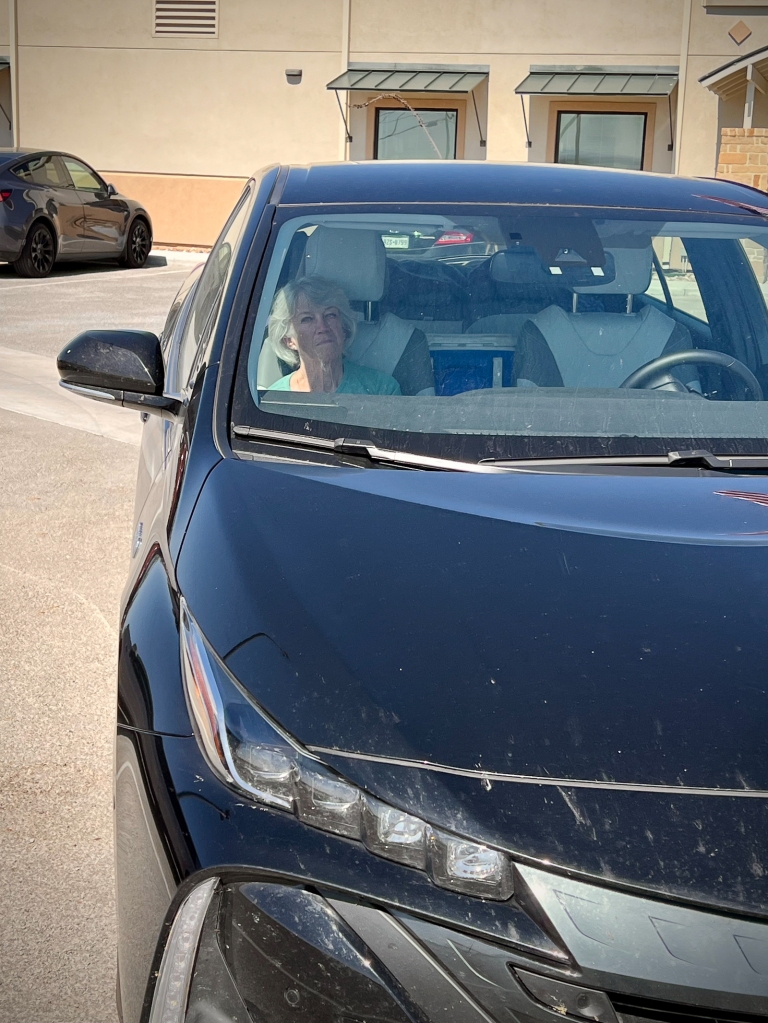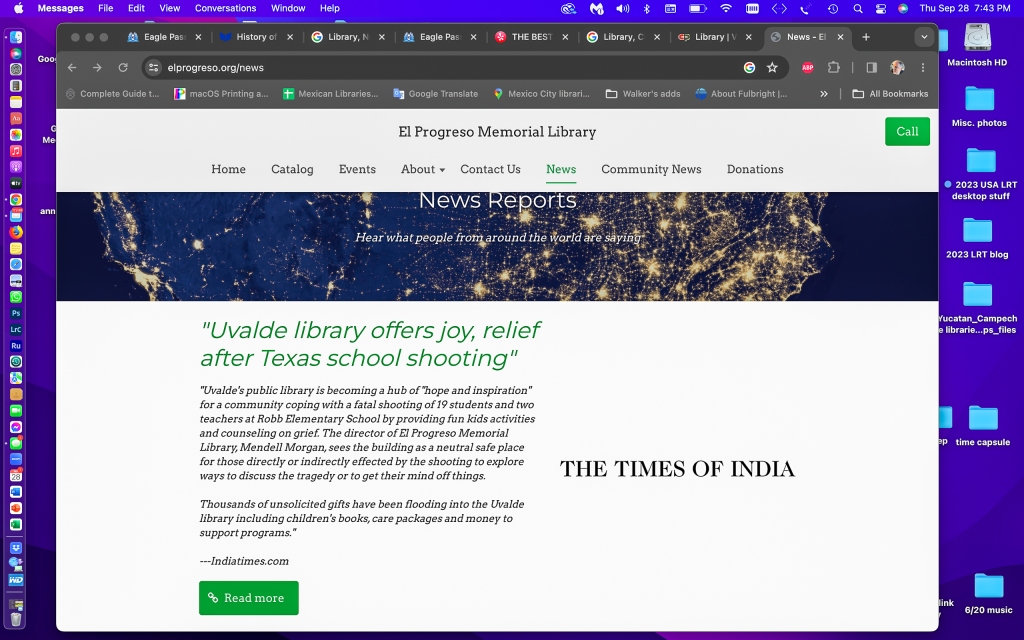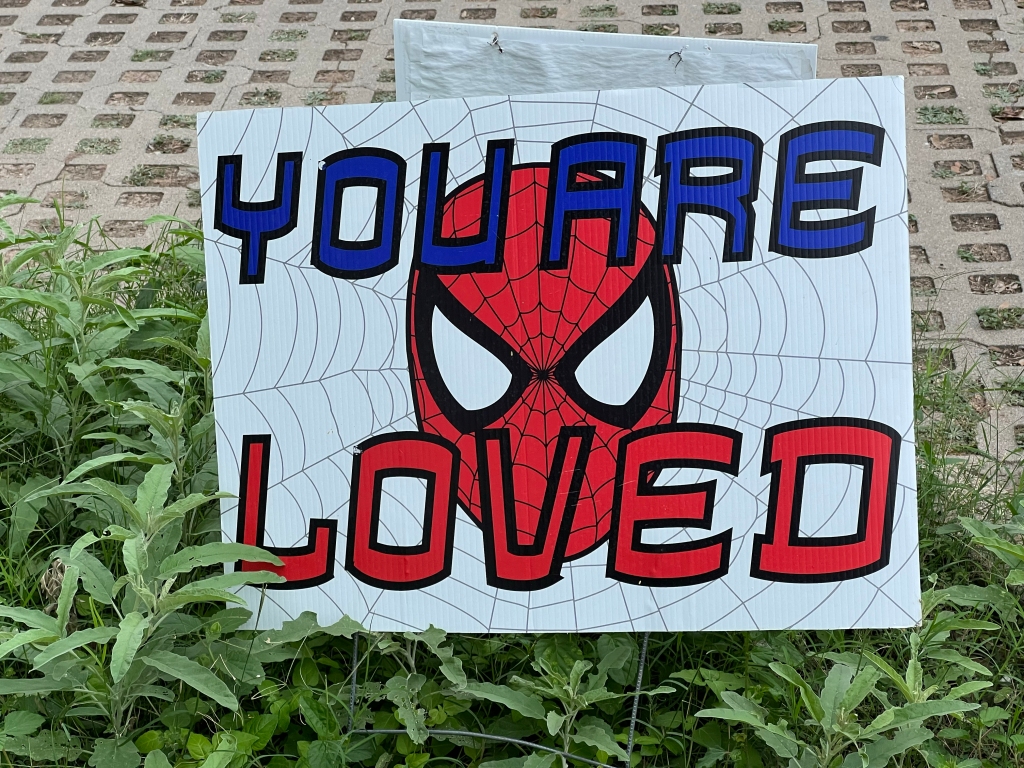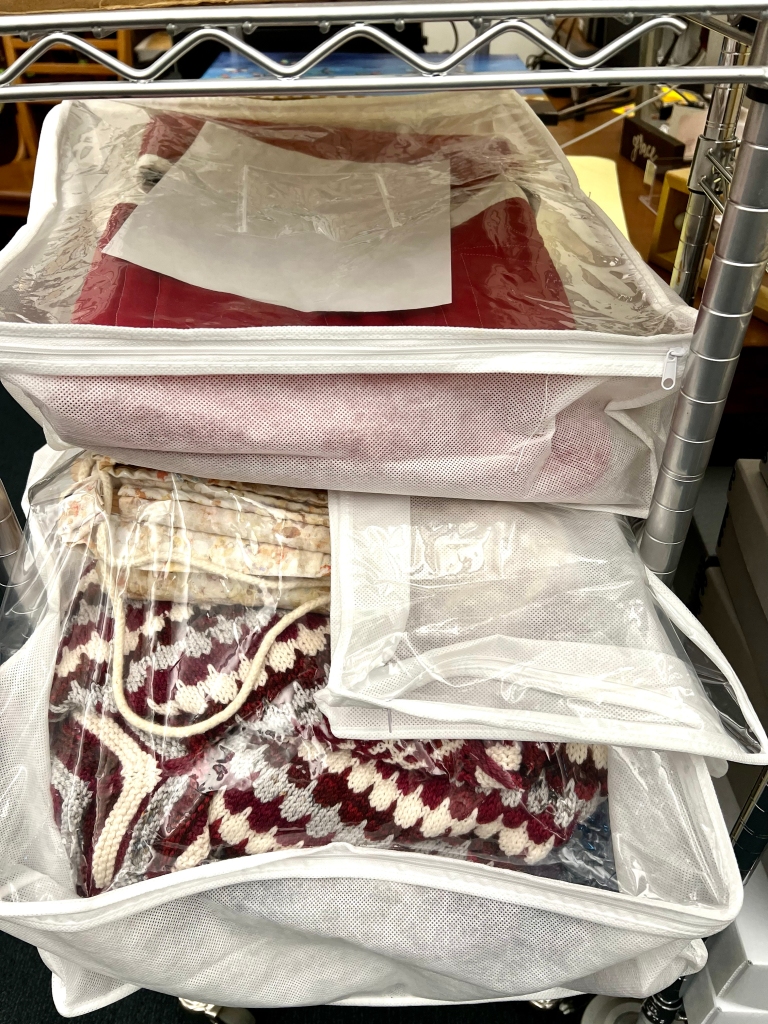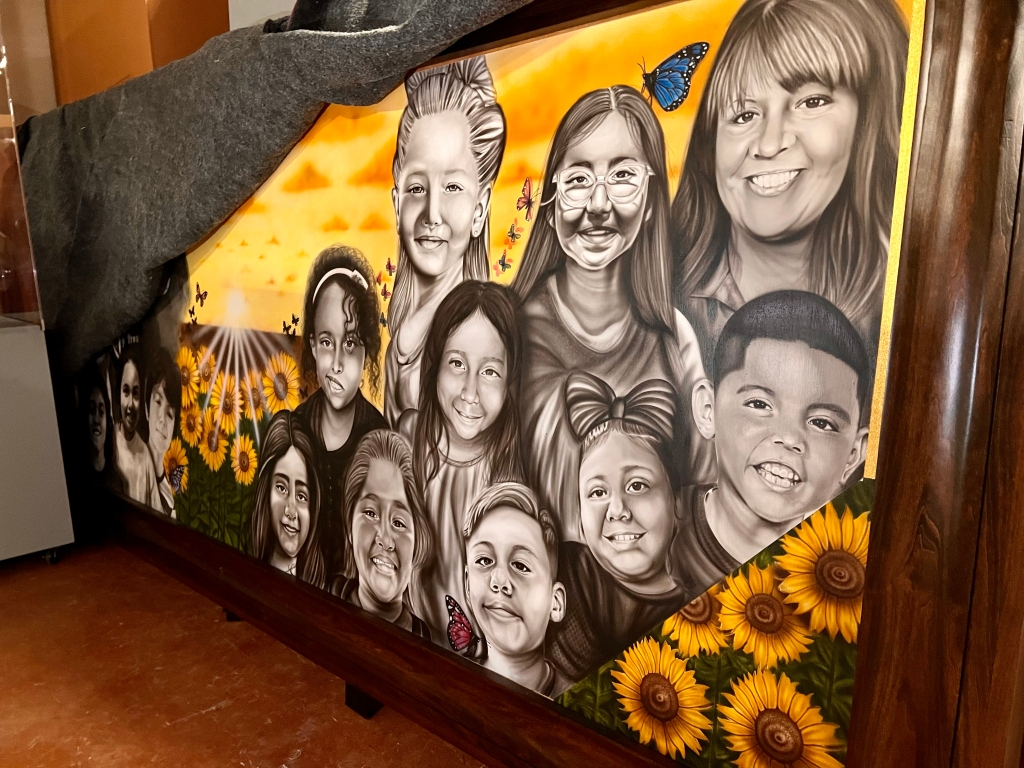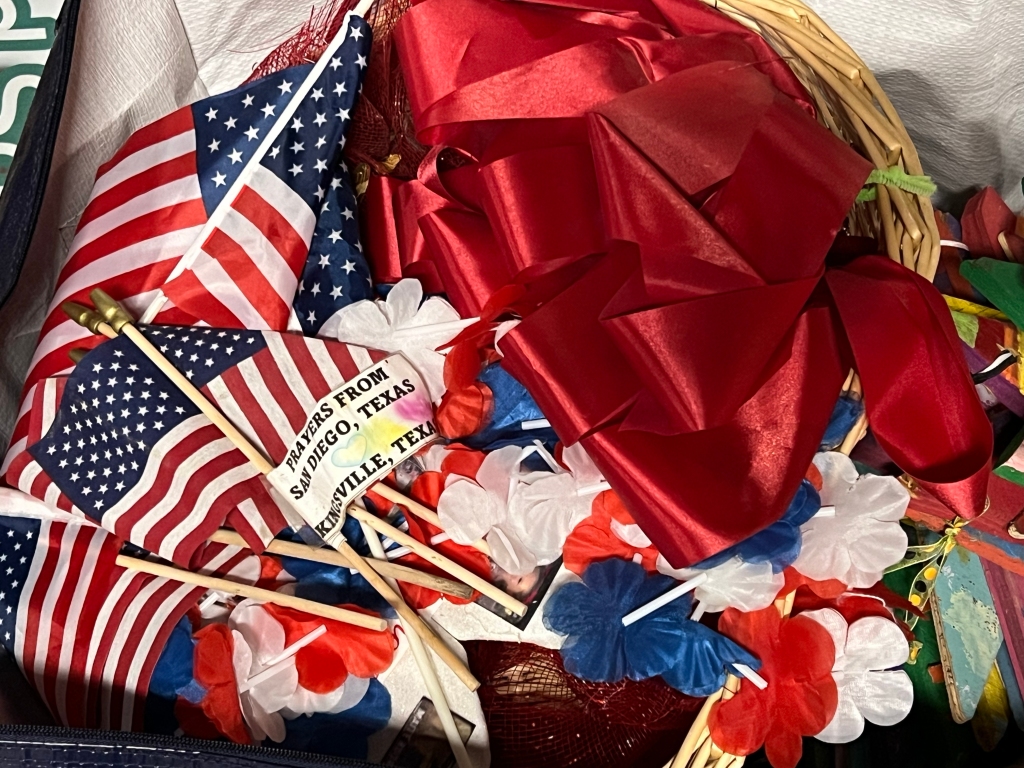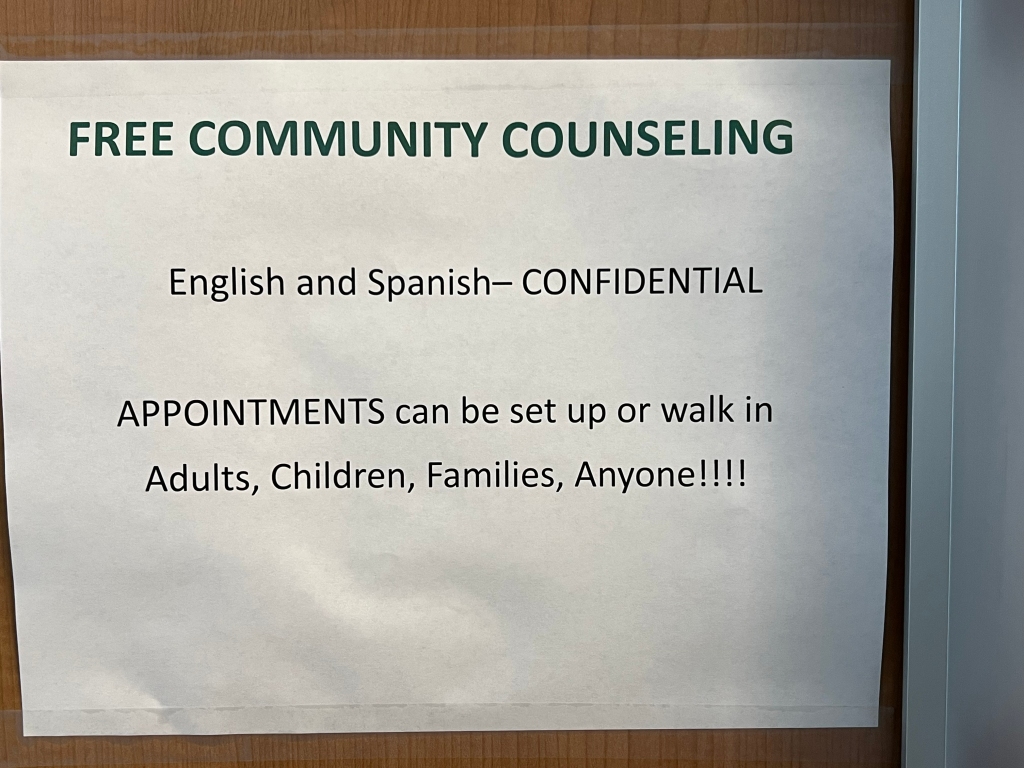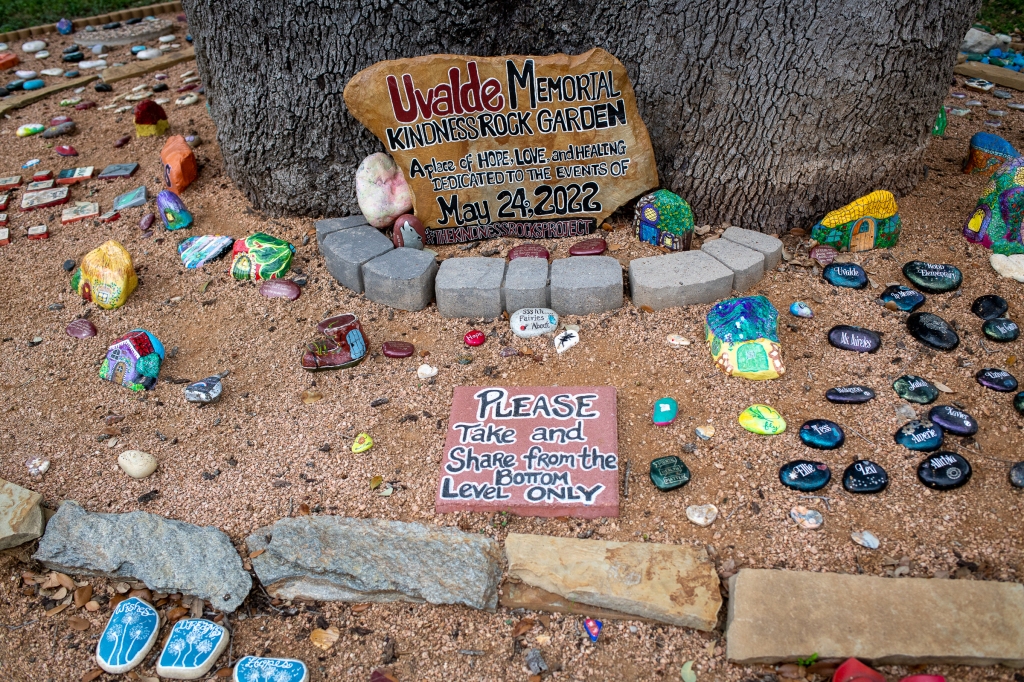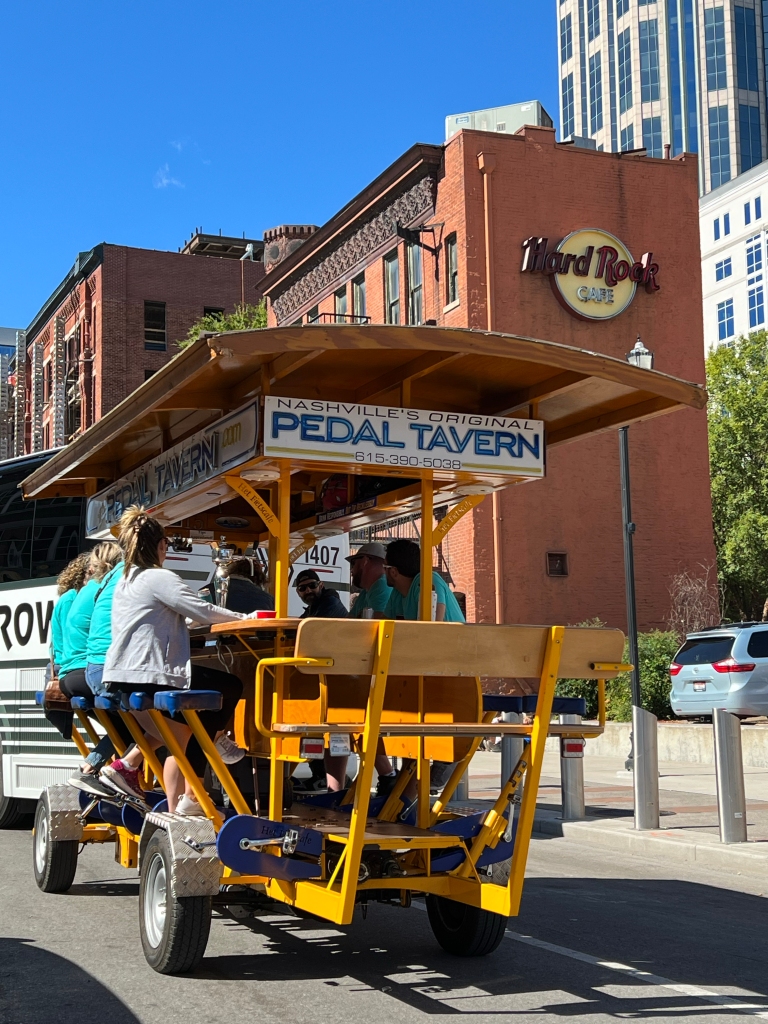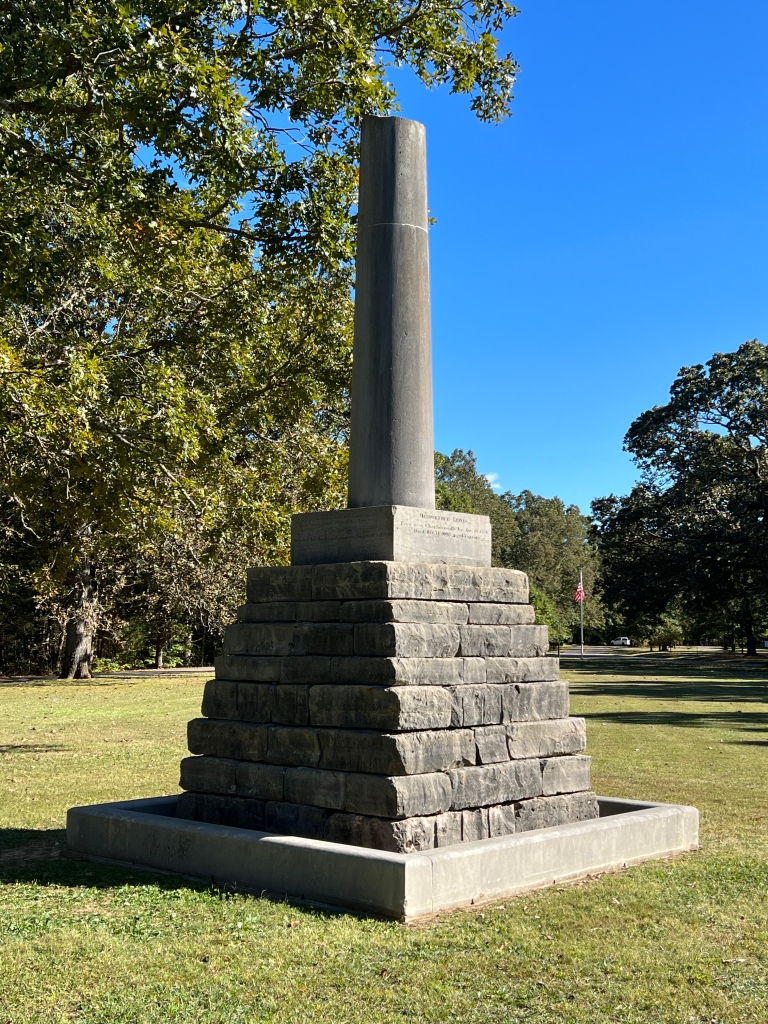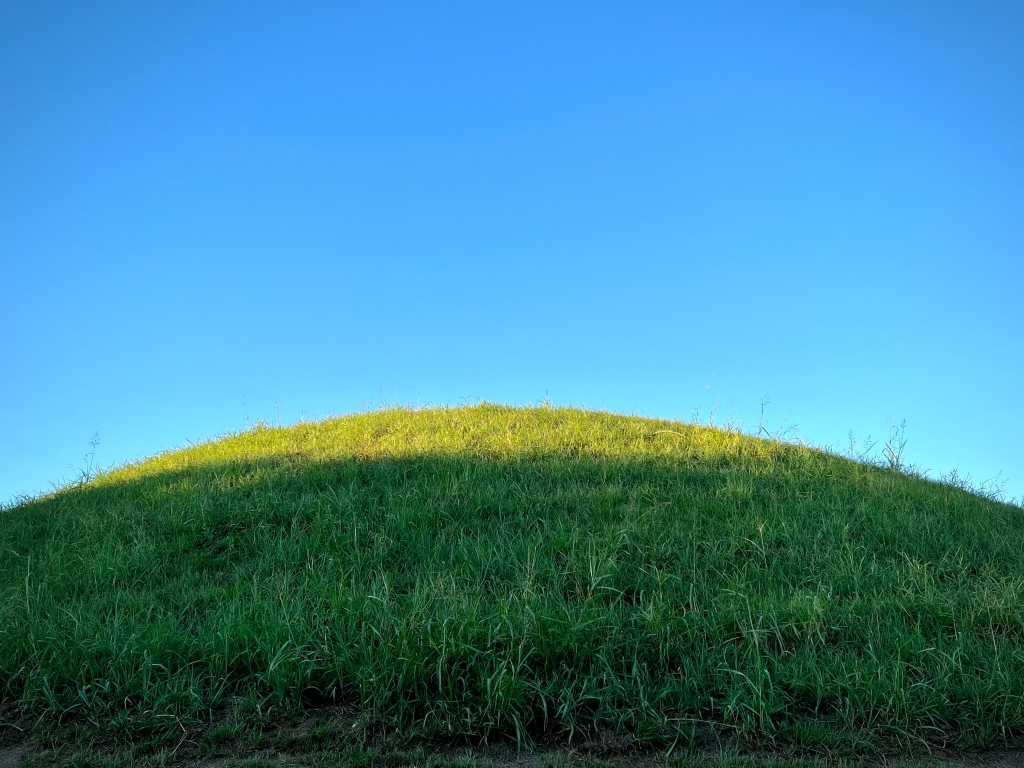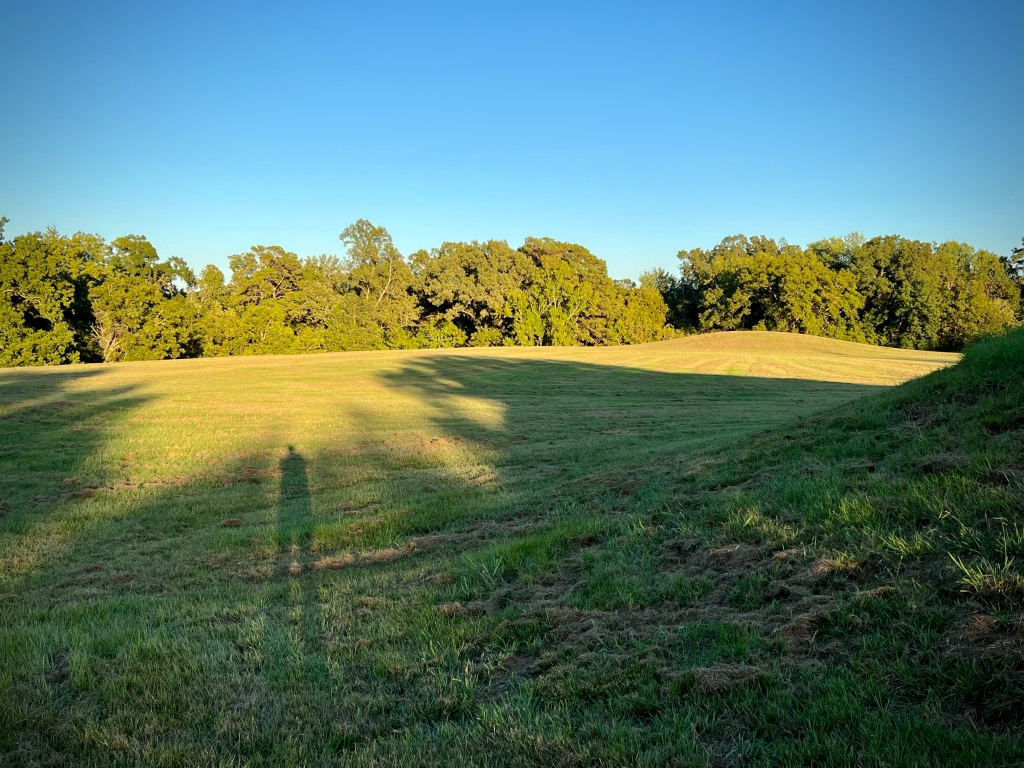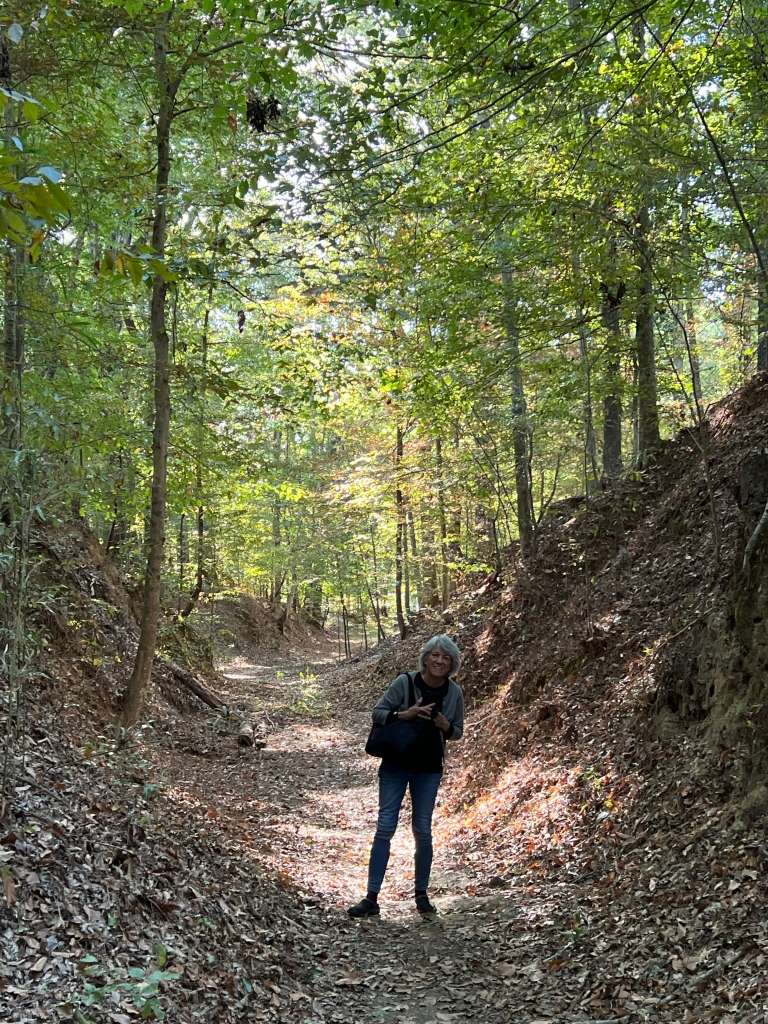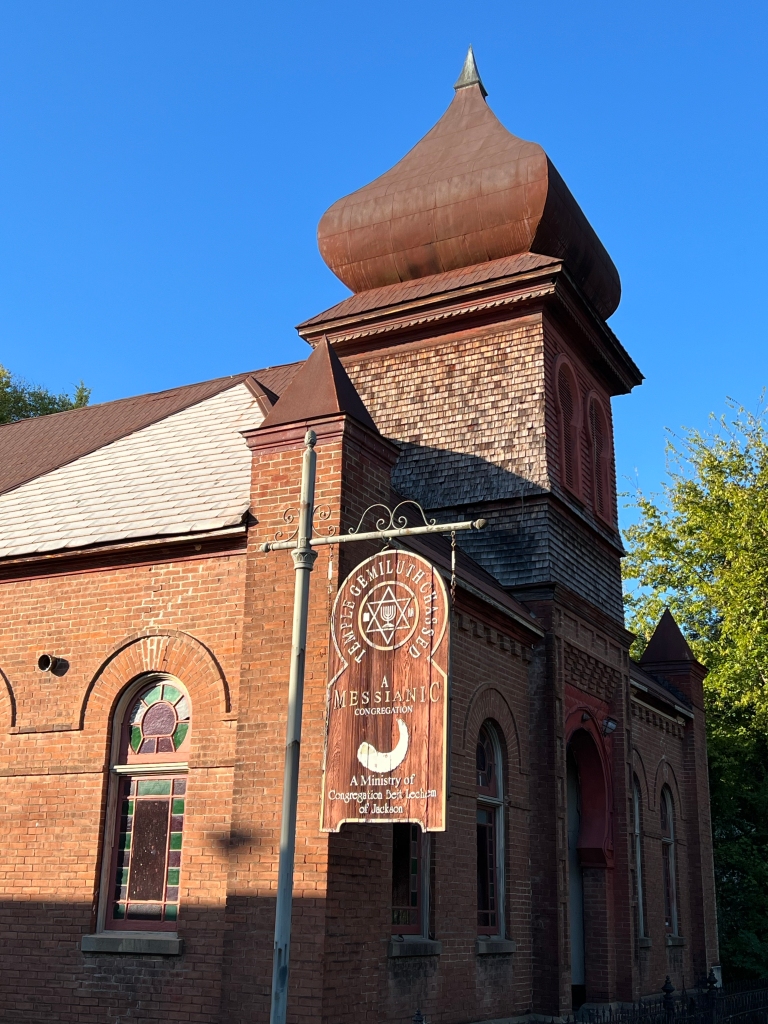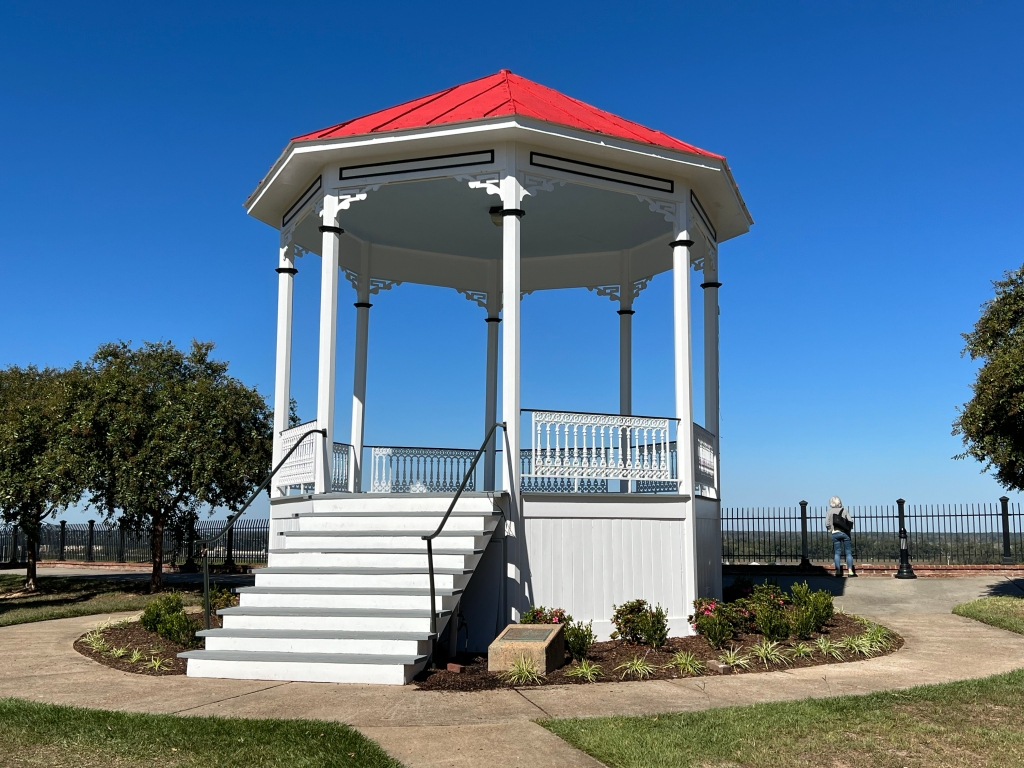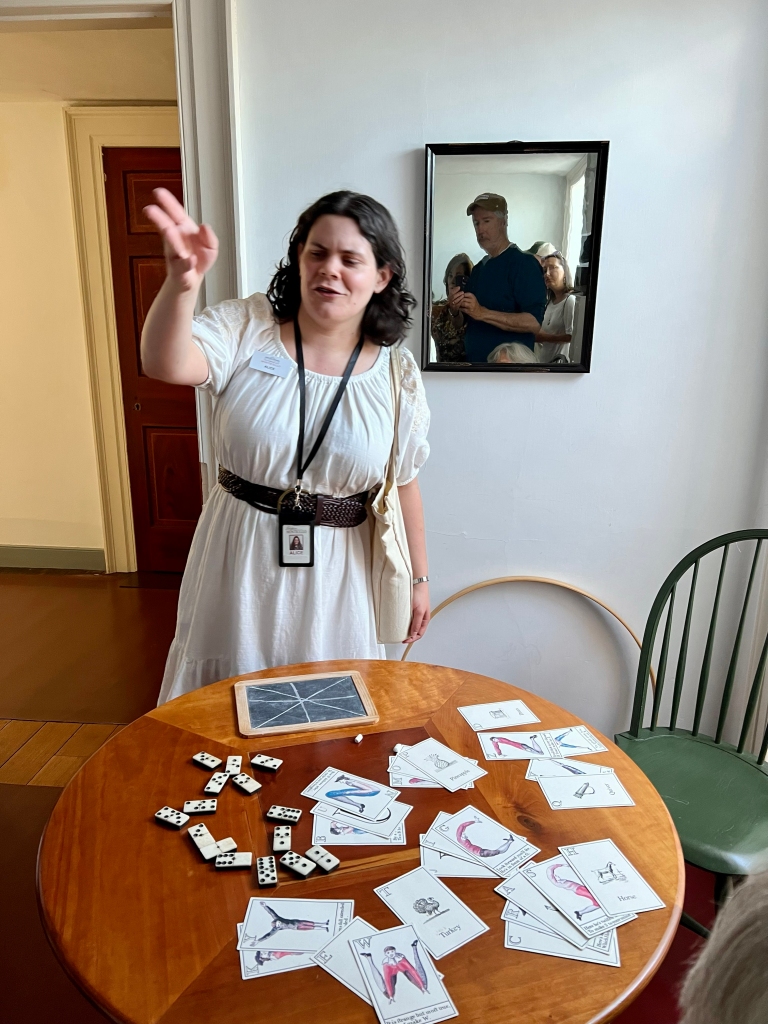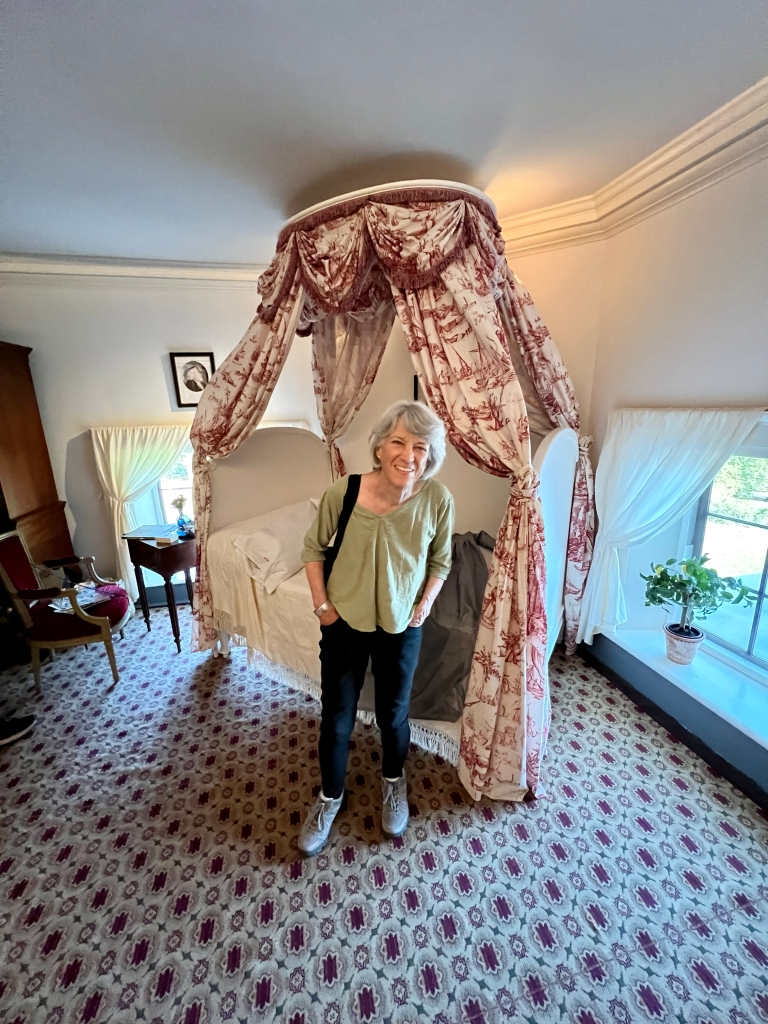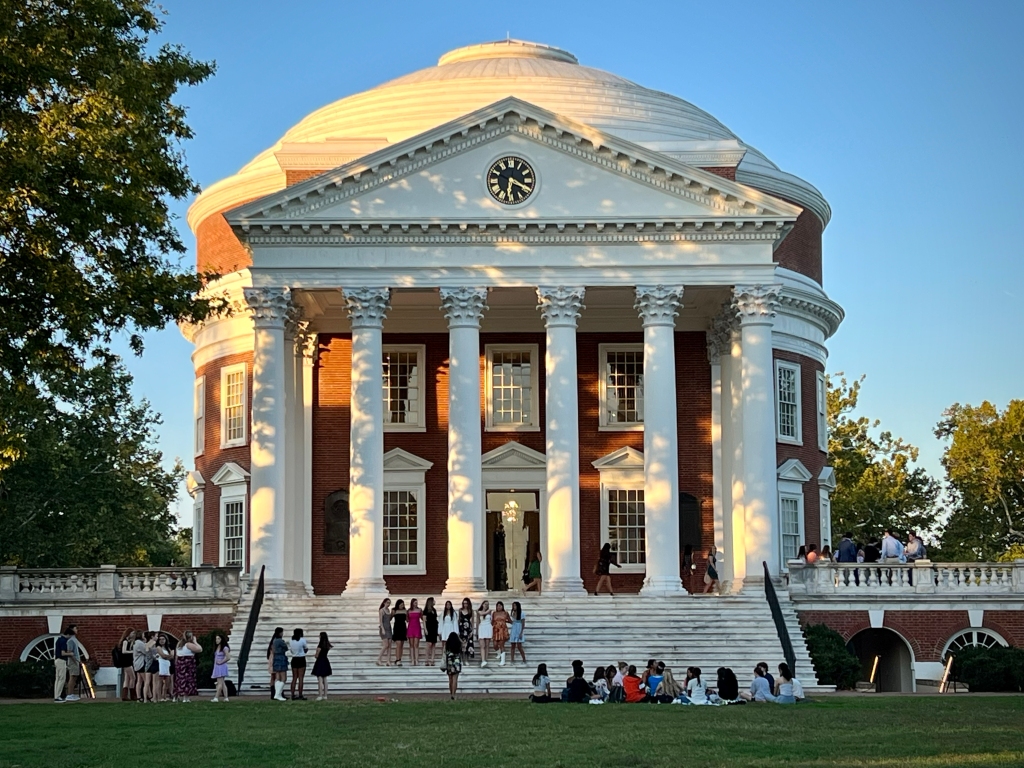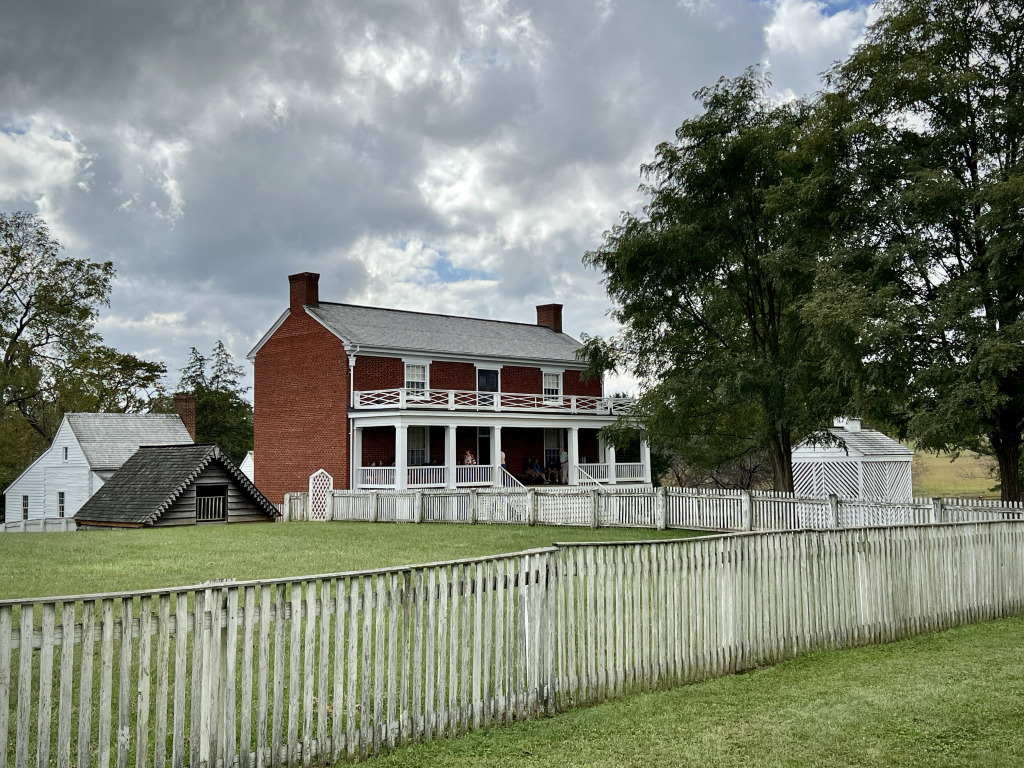Starting in 1983, Ellen and I have had a long interest in water in the West. We even started a 10-year collaborative project with over a dozen other photographers looking at water issues throughout the American West. After years of looking at the environmental commons of water, I decided to look at the very different shared commons of libraries. But we never lost our interest in the land and the environment. After 40 years of doing a deep dive into the meaning of libraries in the US and globally, we found ourselves interested once again examining the importance of water.
The American Dust Bowl of the 1930s was one of the worst environmental disasters in the history of the United States. Due to poor farming practices in many regions, more than 75% of the topsoil was blown away by the end of the 30s. By 1938, a massive conservation effort by the Federal Government had reduced the amount of blowing soil by 65%. But for a long time, the land still failed to yield a decent living.


Between 1930 and 1940, about 3.5 million people moved out of the Plains states. In just over a year, over 86,000 people migrated to California. About one-eighth of California’s population today is of Okie heritage. I grew up in California with many children and grandchildren of the Dust Bowl. I did a long-term photographic project and book with two descendants of the Dust Bowl refugees, Gerry Haslam and Stephen Johnson. Our book, The Great Central Valley California’s Heartland looked at the part of California where many of Okies settled. I was also greatly influenced by the astonishing Okie flavored Bakersfield Sound of musicians such as Merle Haggard, Buck Owens, and Dwight Yoakam. I grew to be aware and respect the important contributions that the children of the Dust Bowl brought to all of us in California.

Ellen and I were also greatly influenced by the legendary photographers of the 1930s working for the Federal Government agency called the FSA. Several of them worked in the Dust Bowl including Dorothea Lange, Russell Lee, and Arthur Rothstein.

The best recent book on the Dust Bowl was written by Timothy Egan and is called The Worst Hard Time. It inspired the Ken Burns PBS film series on the same subject and initially got me interested in visiting this place of so much history. About a year ago I began to plan a trip to the Dust Bowl area.
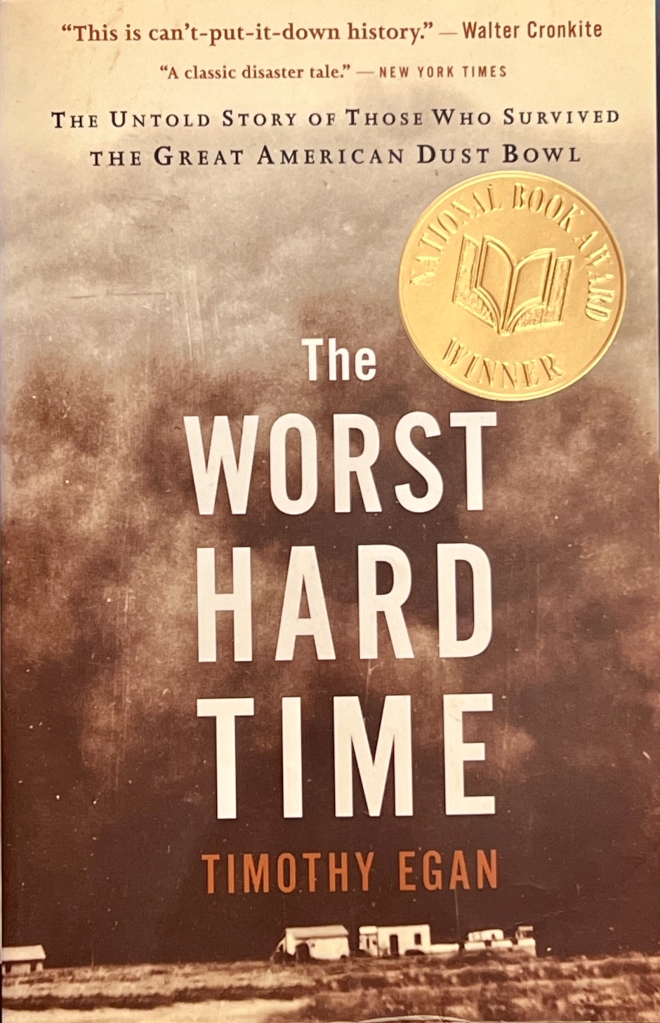

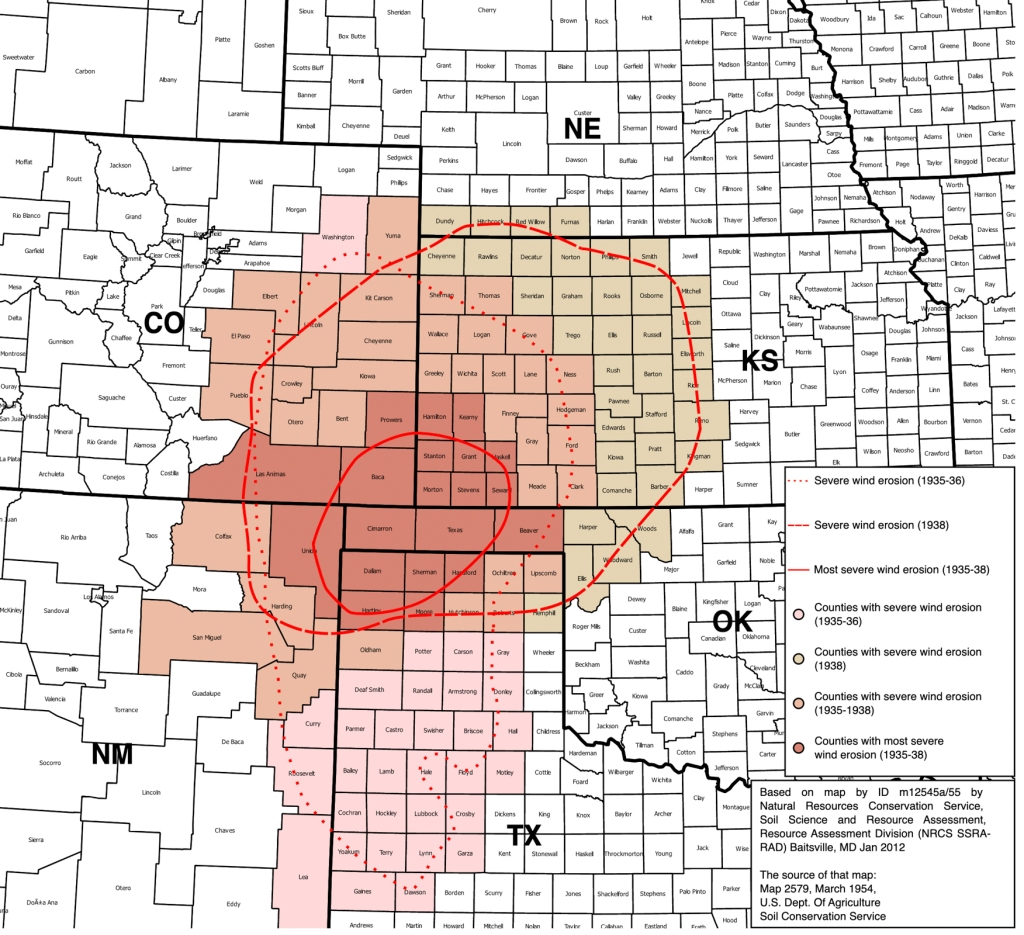
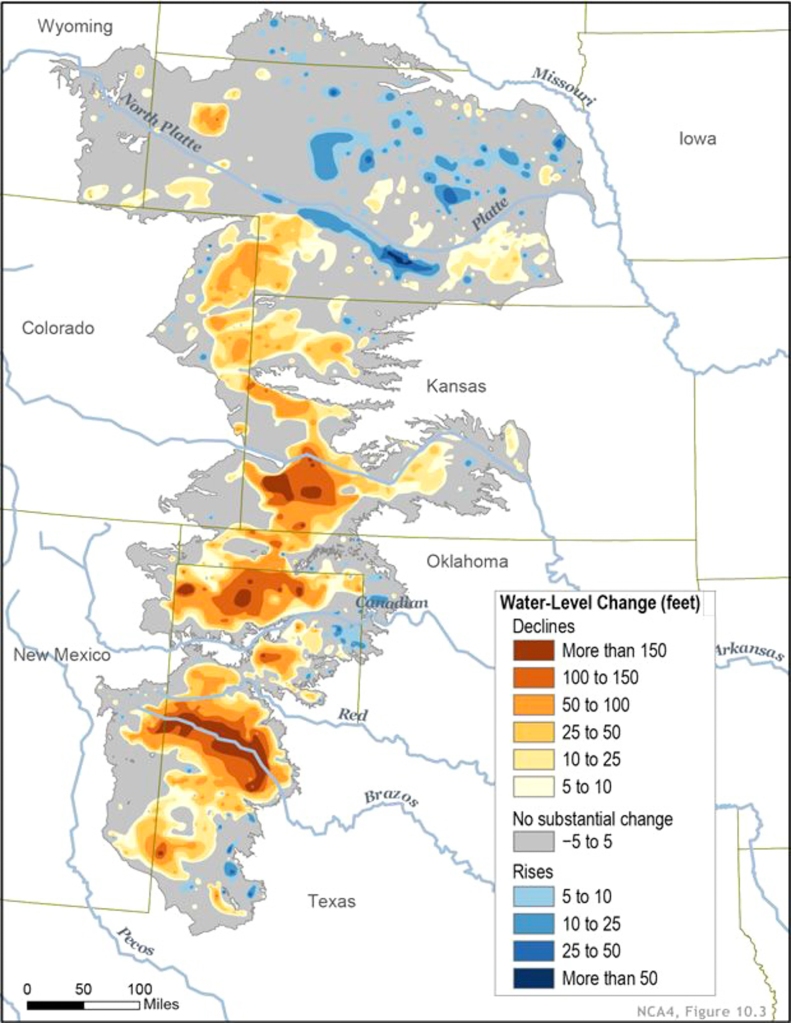
Respected environmental writer Donald Worster visited the Dust Bowl region in the mid-1970s. He observed that capital-intensive agribusiness had transformed the scene; deep wells into the aquifer, intensive irrigation, the use of artificial pesticides and fertilizers, and giant harvesters were creating immense crops year after year whether it rained or not. The scene demonstrated that America’s capitalist high-tech farmers had learned nothing. They were continuing to work in an unsustainable way.
The Dust Bowl was a human made environmental disaster involving water and land use. It was one of the largest environmental tragedies in the history of our country. We are currently draining the Ogallala aquifer that has made agriculture possible in the dry part of the Southern Great Plains. It is predicted that this could produce a second human made catastrophe that also involves water and land use in this same place. It is already happening in some areas but will be more widespread in the next 20 to 30 years. It will have massive consequences to agriculture in the mid-West and it could ripple through all our economy. It will probably devastate the communities of the Southern Great Plains and possibly create a new wave of environmental refugees like the Okies fleeing the Dust Bowl of the 1930s.

With our deep background and interest in water in the West we decided to visit our country’s most famous example of environmental hubris and see what the region had learned. Ironically, the morning we drove into the old Dust Bowl, we encountered a raging dust storm. Driving our little Prius north of Amarillo, TX in the fierce wind was a little like riding a bucking bronco. My white knuckles were hanging on to the steering wheel in a death grip. While fighting to keep the car on the road, I remembered hearing that the panhandle regions of Texas and Oklahoma have some of the strongest and most sustained winds in the world and the best potential for wind power. Later, we saw massive wind farms throughout the region.
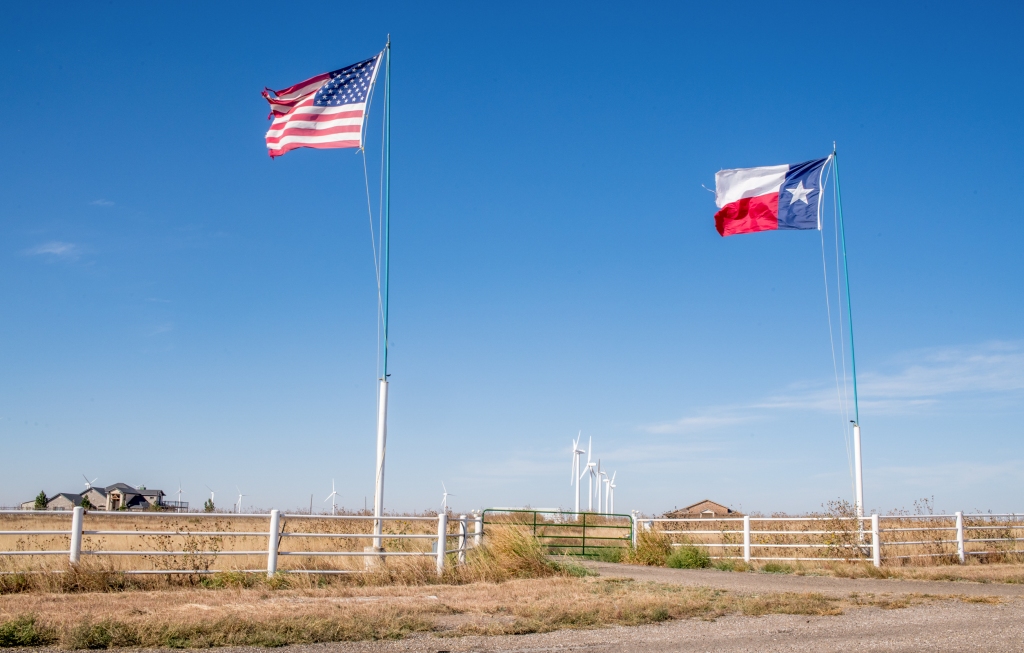
We were literally blown through the doors of the massive Window on the Plains Museum in tiny Dumas, TX. We felt like Dorothy in the movie “The Wizard of Oz” and we had just landed in Oz. The smiling Christian Museum Director told us that she had been advised by God to take the job as Director and I was so happy that she did! Here was a refreshingly quirky museum about the culture in the heart of the old Dust Bowl. We learned a lot about the “Dirty Thirties” as well as the more contemporary culture that came after the Hard Times. We were entranced by the displays of a community that had been devastated over 80 years ago but had clawed their way back to a unique way of life.

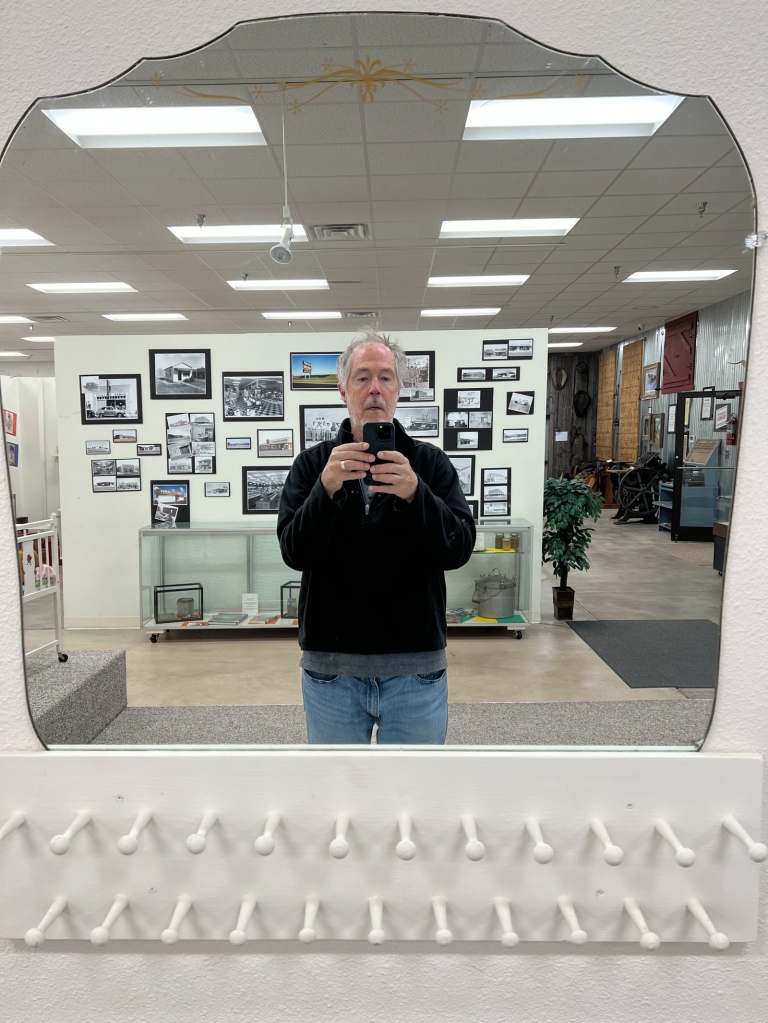

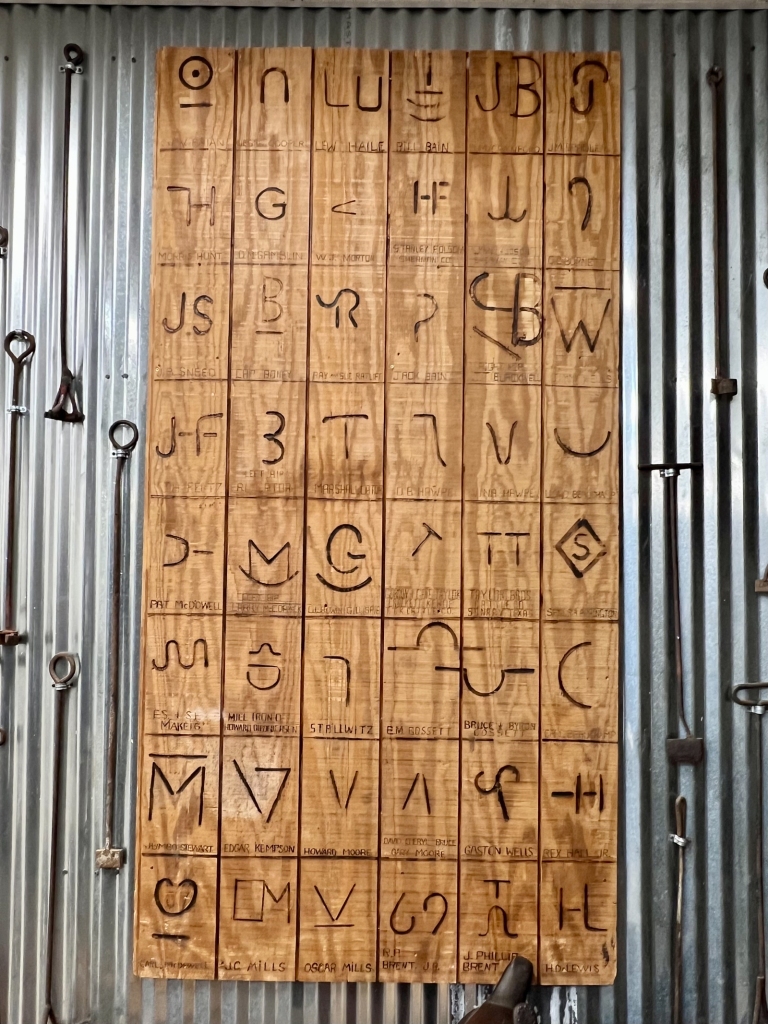
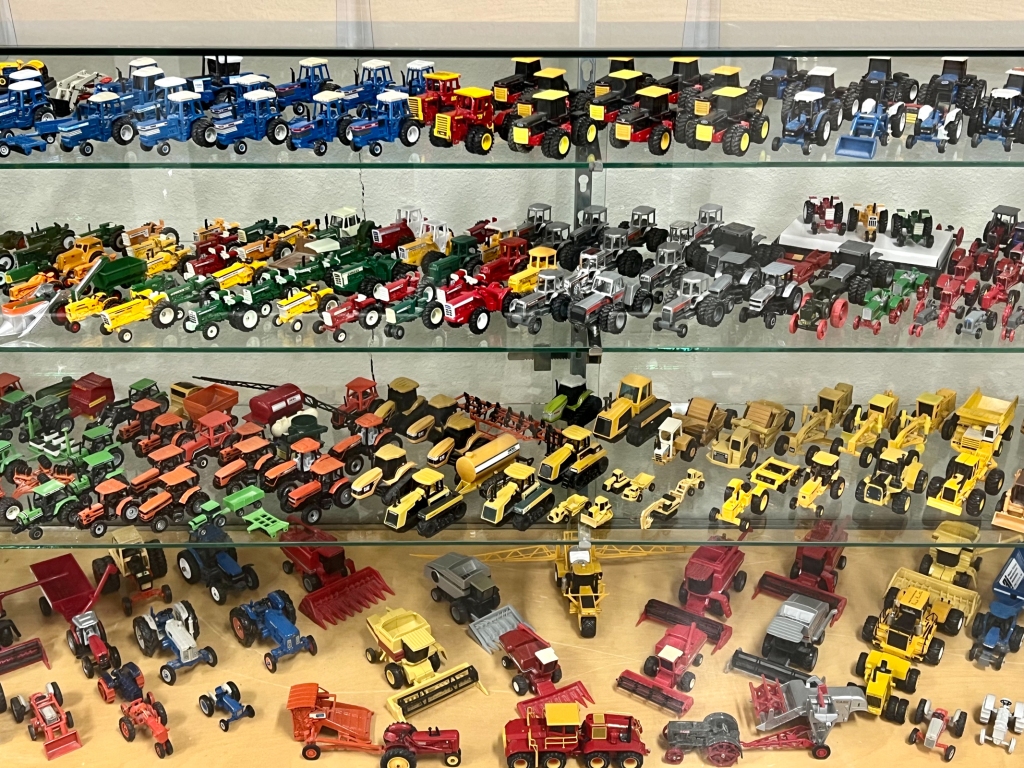
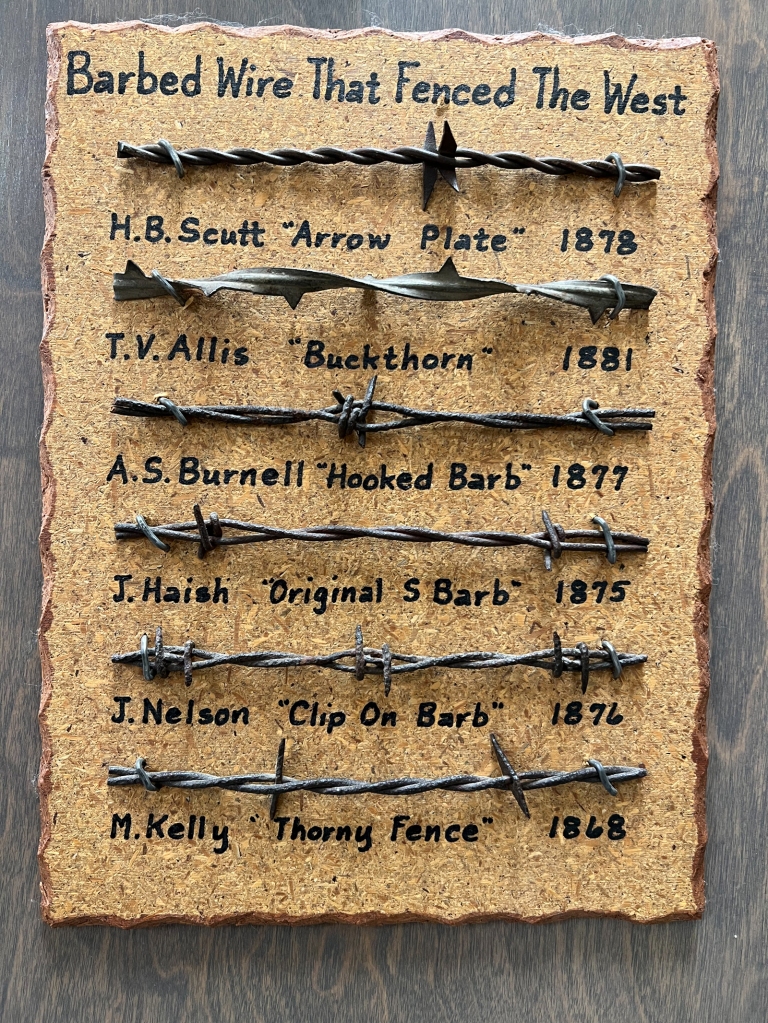

In the early 20th century, the XIT Ranch was over 3 million acres in size and was the largest in Texas. Today, the XIT Museum in the small town of Dalhart, TX houses some very good displays on the Great Plains, the Dust Bowl and, of course, the cowboy culture of the ranch.




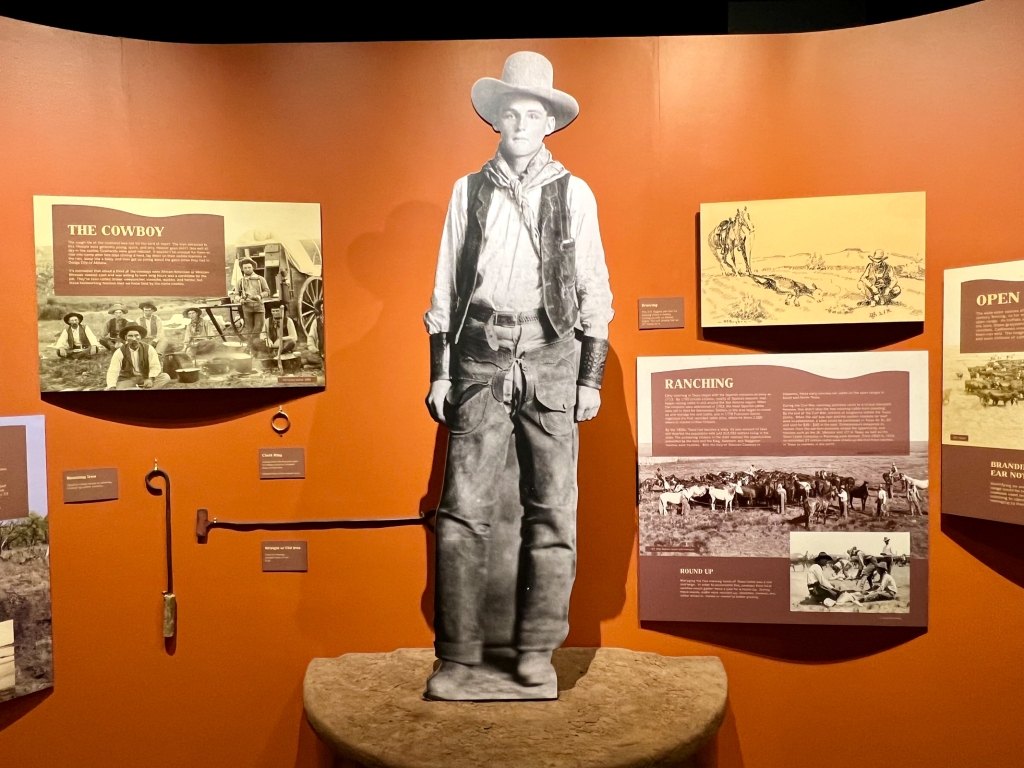
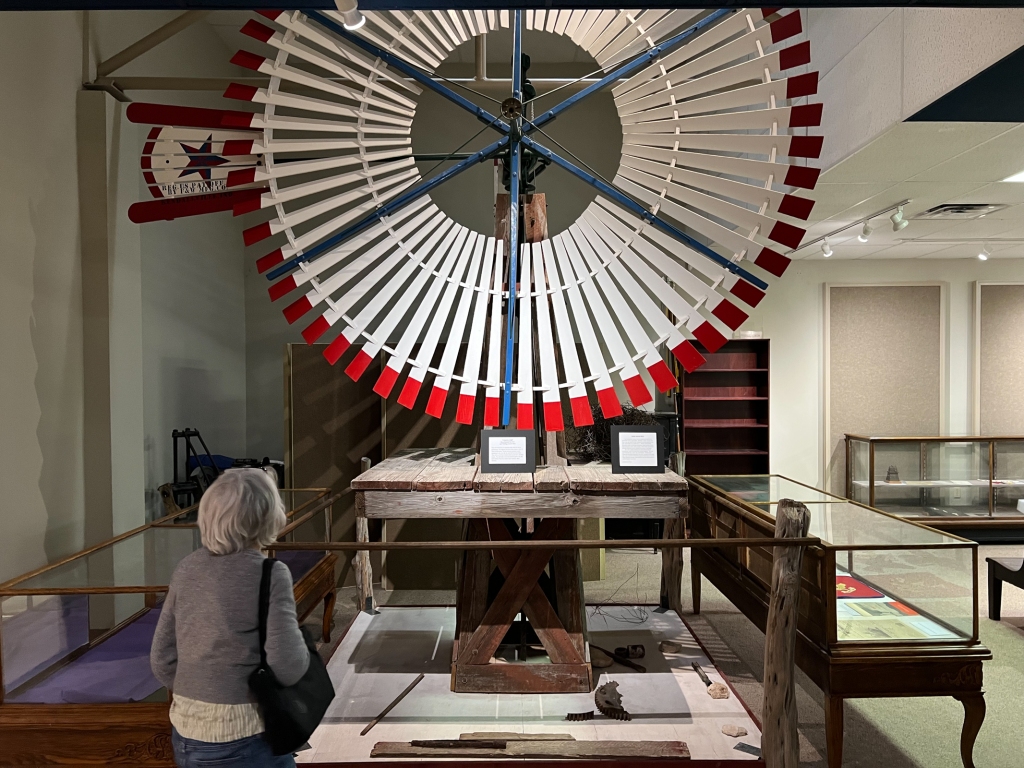
While driving through the Rita Blanca National Grasslands on the far northern edge of the Texas Panhandle, we briefly pulled into a rest stop to take in the endless sea of grass surrounding us. This area continues to struggle through a terrible drought The National Grasslands had been established during the Dust Bowl to re-grow the native prairie grasses that had been plowed under during the boom years of farming in the early 20th century. We saw here that despite the current drought and sometimes violent gusty winds, the grasses held the soil in place and kept the dust at bay. Thank you, Franklin Roosevelt!

Boise City, OK was ground zero for the Dust Bowl and was featured in Tim Egan’s book and Ken Burns film. The wonderful Cimarron Heritage Museum featured a replica of a bomb that was dropped on the city during WWII by a confused American bomber crew, a replica of the Tin Man from the Wizard of Oz, and an amazing exhibition on the Dust Bowl funded, in part, by the National Endowment for the Humanities and the American Library Association. Ken Burns’ film crew had done a lot of filming in their archive. The Museum also had a very large brontosaurus standing outside. This is one of the most conservative parts of the US and some of the locals even wanted to name a Highway after former President Trump. But I was heartened by the continuing support of FDR’s New Deal which helped pull this region back from disaster many years ago.





The sense of space and light in the Southern Great Plains is simply astonishing. There is a beauty and sadness here that evokes almost an emotional response. Coming upon an abandoned farmhouse, I felt a great melancholy and wonder for what had been here before.


We spent the night in Guymon, OK and went to a great, greasy spoon Mexican restaurant for dinner. Walker had told us earlier that this area has one of the largest concentrations of Latino/Latina worker population in the US outside of the area that used to be owned by Mexico. Perhaps the new emigrants here from all over the world are part of the answer on how to renew this place.

The next morning, on our never-ending quest for good coffee, we drove to the tiny town of Goodwell, OK. It was founded as a railroad stop that had a good well. The coffee shop was gone, but instead we discovered the fascinating No Man’s Land Historical Museum. It was founded during the Dust Bowl era as a way for the local people to preserve their heritage and have something to do after their farms had been ravaged by the winds, drought, and dust. The severe brick exterior was softened by the thriving, native Buffalo grass. Inside, we saw two graphs that showed the wild variations of rainfall in the area, and a second showing the rapid rise of the cattle industry in the area after WWII.



The displays were often from local collections showing what the community valued and how it wanted to preserve its memory and identity. We began to see how these local museums were an invaluable way of understanding a place through its own selective remembrance. The quality of the exhibits was sometimes astonishing. The enormous energy, skill, and craftsmanship put into creating some of these objects spoke to an indomitable creative spirit that was moving for both of us. Given the history and context of this region, these small museums were a revelation.
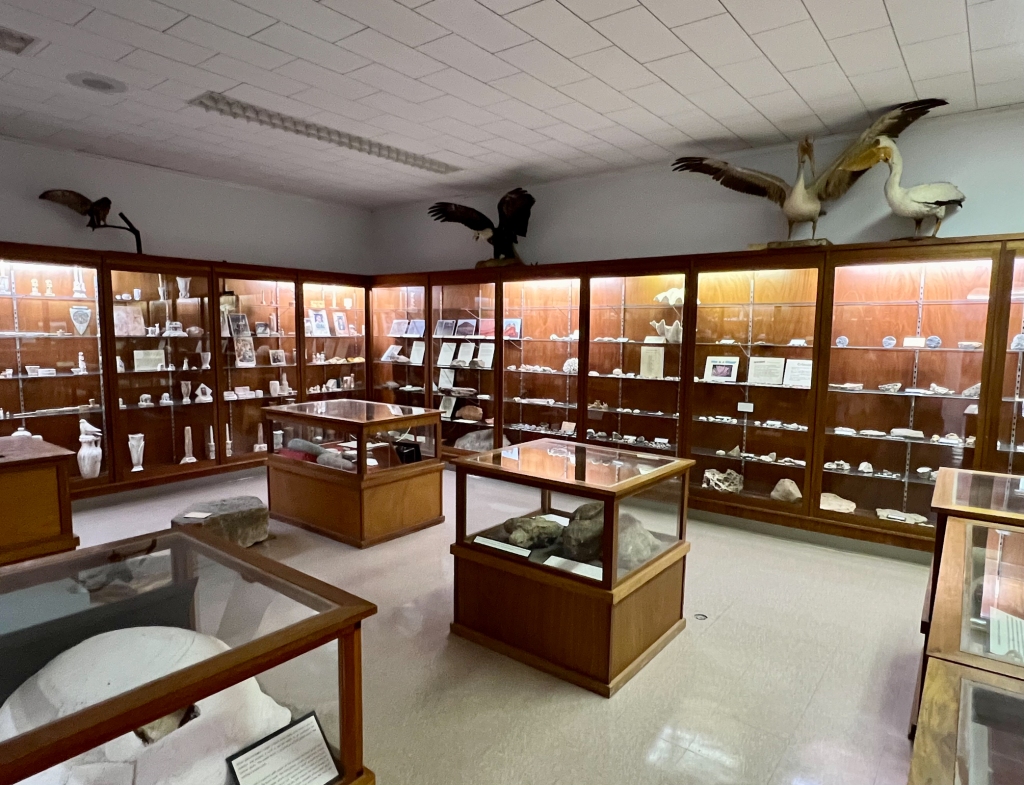



We traveled many miles through Oklahoma’s Panhandle seeing endless corn fields watered by massive center-pivot irrigation.

We finally found a good cup of coffee in a Christian coffee shop called Higher Grounds in the border town of Elkhart, KS. We then headed north into another ocean of grass called the Cimarron National Grasslands. It is the largest area of public land in the state of Kansas and during the Dust Bowl this area was the most devastated county in the nation. The Federal government bought land from bankrupt farmers, restored the original prairie, and in 1960 the National Grasslands was created. However, this is a mixed- use area where cattle are grazed, and oil and gas wells are found.
We drove our Prius down a bumpy dirt road to a place called “Point of Rocks” where we gazed out over the Cimarron River with its beautiful Autumn foliage. Here the 19th century westward pioneers following the Cimarron Cutoff of the Santa Fe Trail, used the rocks as a navigation point, and we could still see the wagon tracks stretching all the way to the Western horizon. The restored grasslands were rich in diversity and breathtakingly beautiful. The nearby Middle Springs was a big draw for wildlife, Native people, and the early pioneers. It showed what this natural landscape could look like with the addition of a little water.



As we were heading to spend the night in Dodge City, KS we had been told that we had to visit “Dorothy’s House and the Land of Oz” in the oddly named town of Liberal in conservative southwestern Kansas. It turned out to be a quirky, slightly offbeat, tourist trap that featured a recreation of Dorothy’s fictional house in the Wizard of Oz. After spending only a few minutes there, we dropped all our literary pretentions and quickly headed out of town.


We spent much of our time in the Southern Great Plains trying to comprehend the vast scale of the place. It was a humbling and confusing experience to be in this space. Endless trains, monumental grain silos, and unrelenting wind, dryness, and silence. As the sun was setting, I stood next to a huge field of corn stubble and endless wind turbines stretching off into infinity. We used this part of our trip to try to find answers to our questions about the future of the old Dust Bowl. Instead of answers, we found possibilities, and more questions.



One possibility came from an NPR story that gave us a faint sense of hope for the future of the area. “With the Ogallala Aquifer drying up, Kansas ponders limits to irrigation. Water levels in the Ogallala Aquifer continue to plummet as farm irrigation swallows an average of more than 2 billion gallons of groundwater per-day statewide. But after decades of mostly inaction from Kansas leaders, the state’s approach to water conservation might finally be starting to shift.” We will see.
To be continued…






